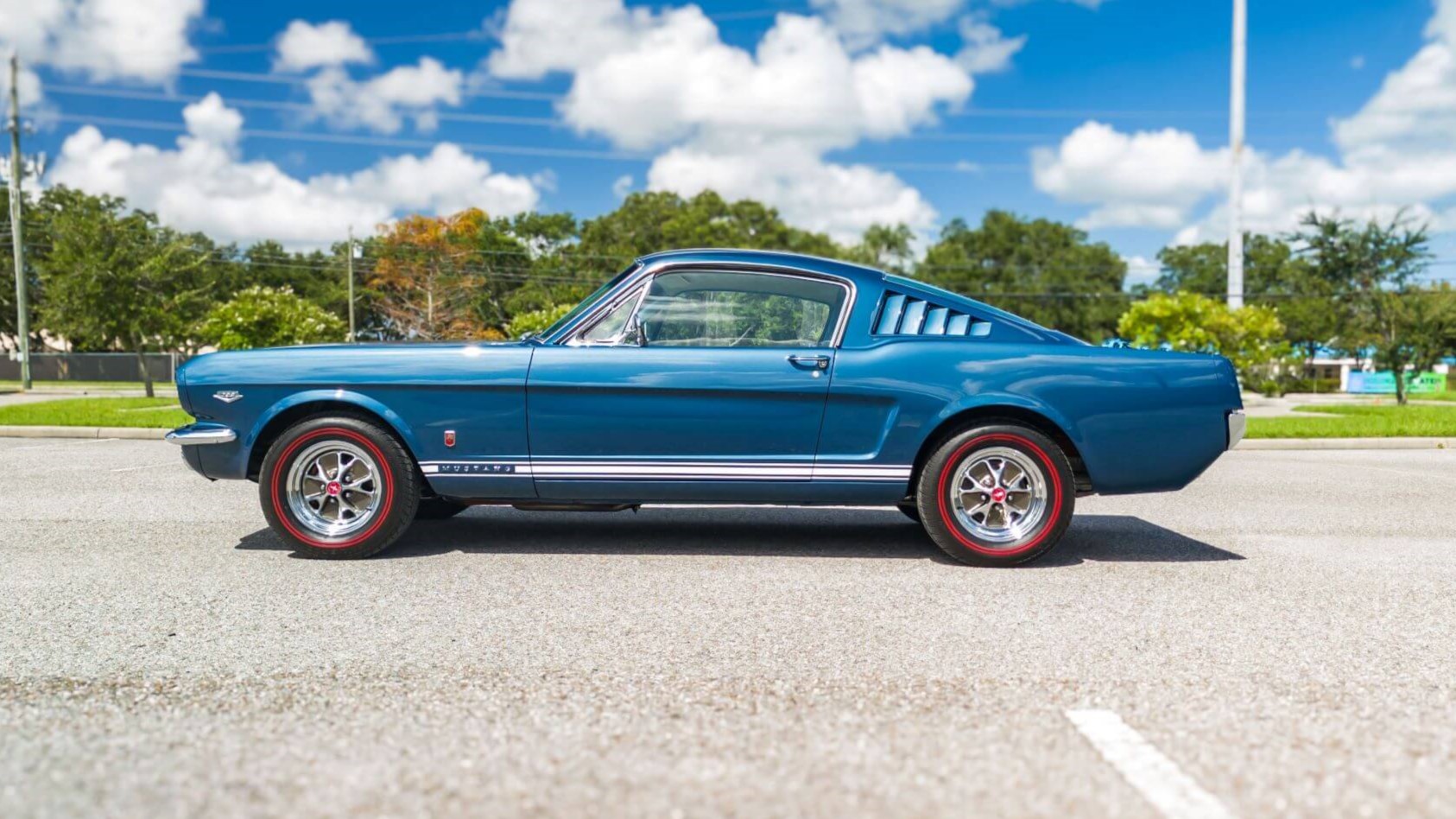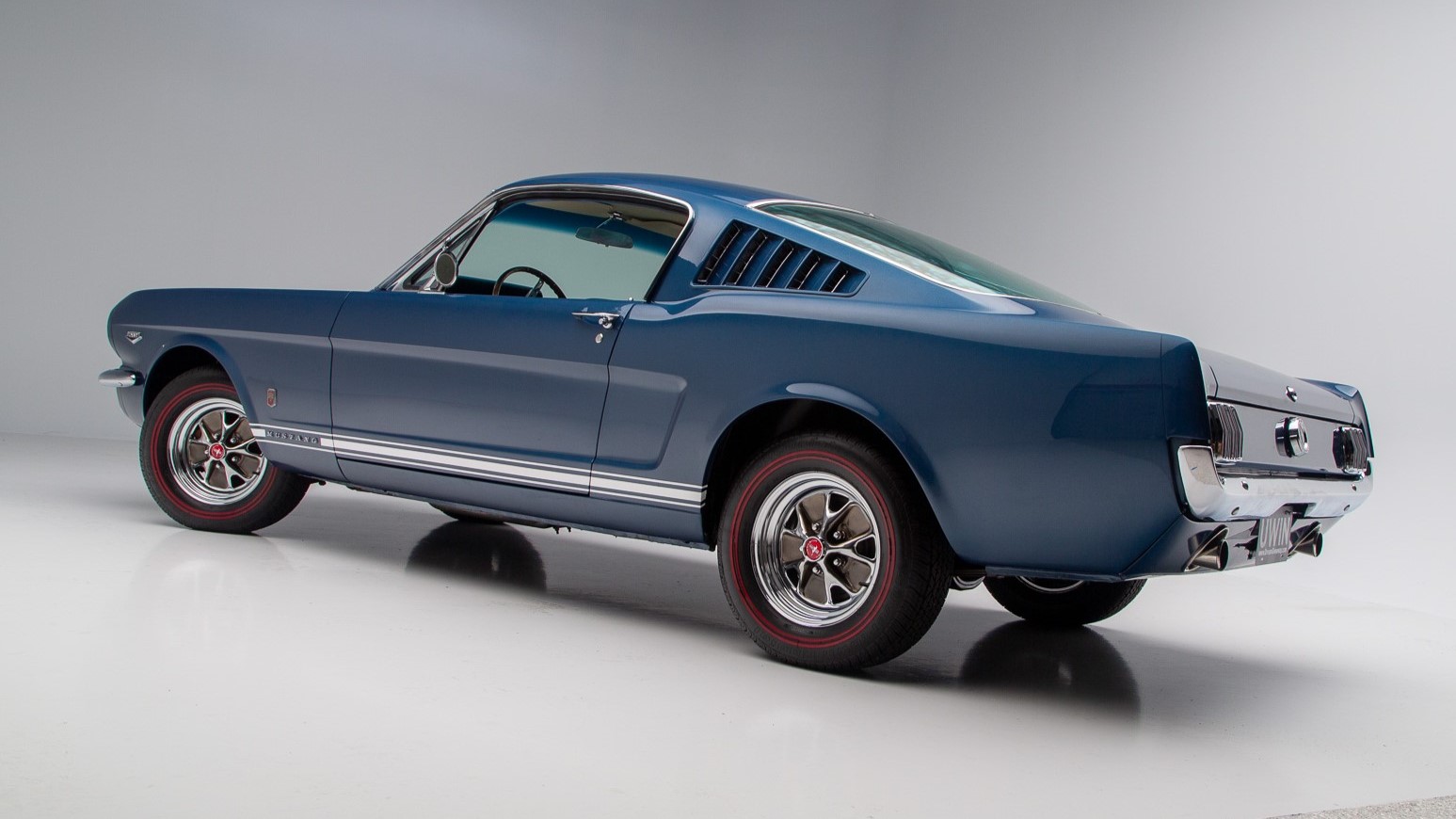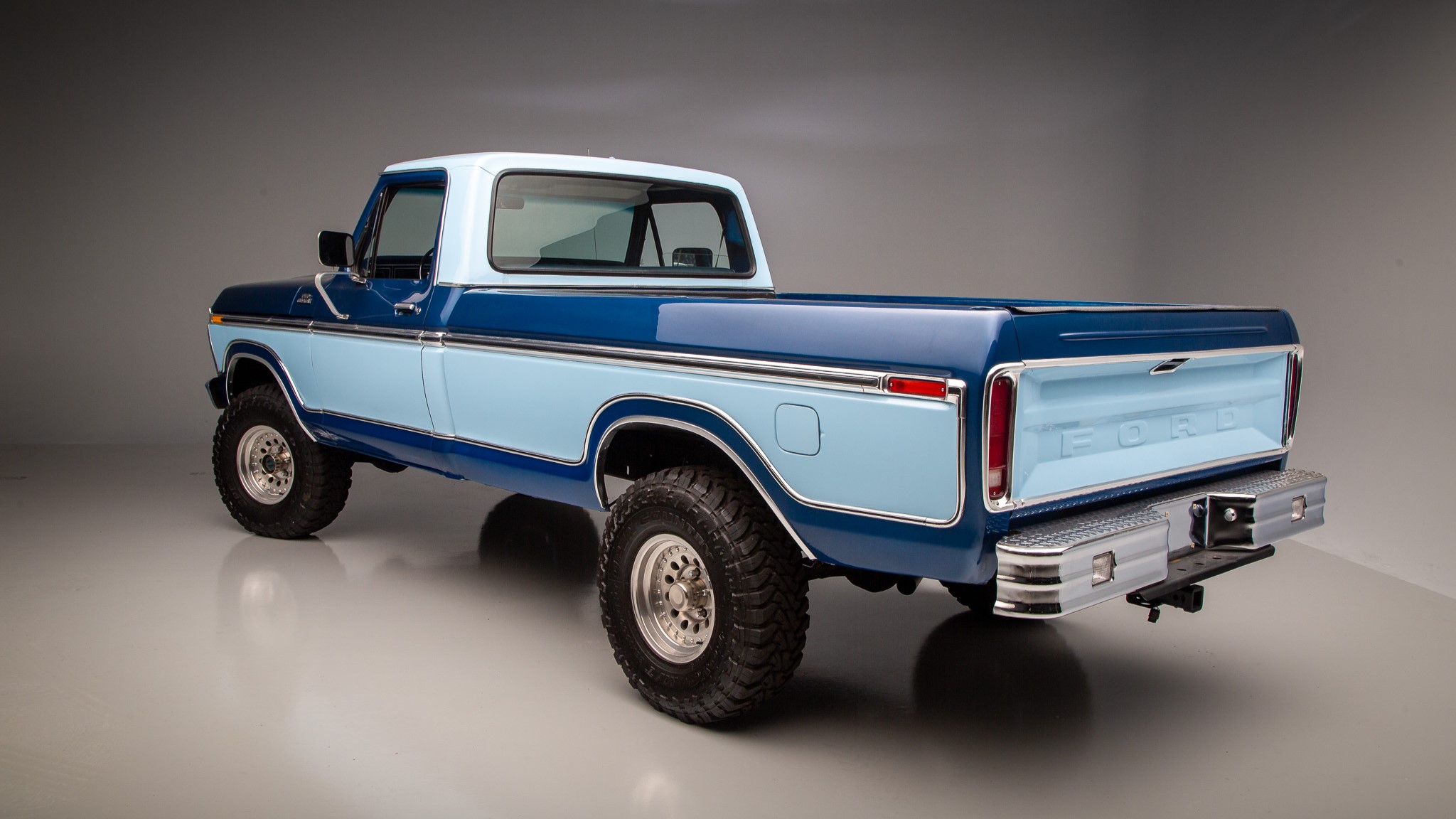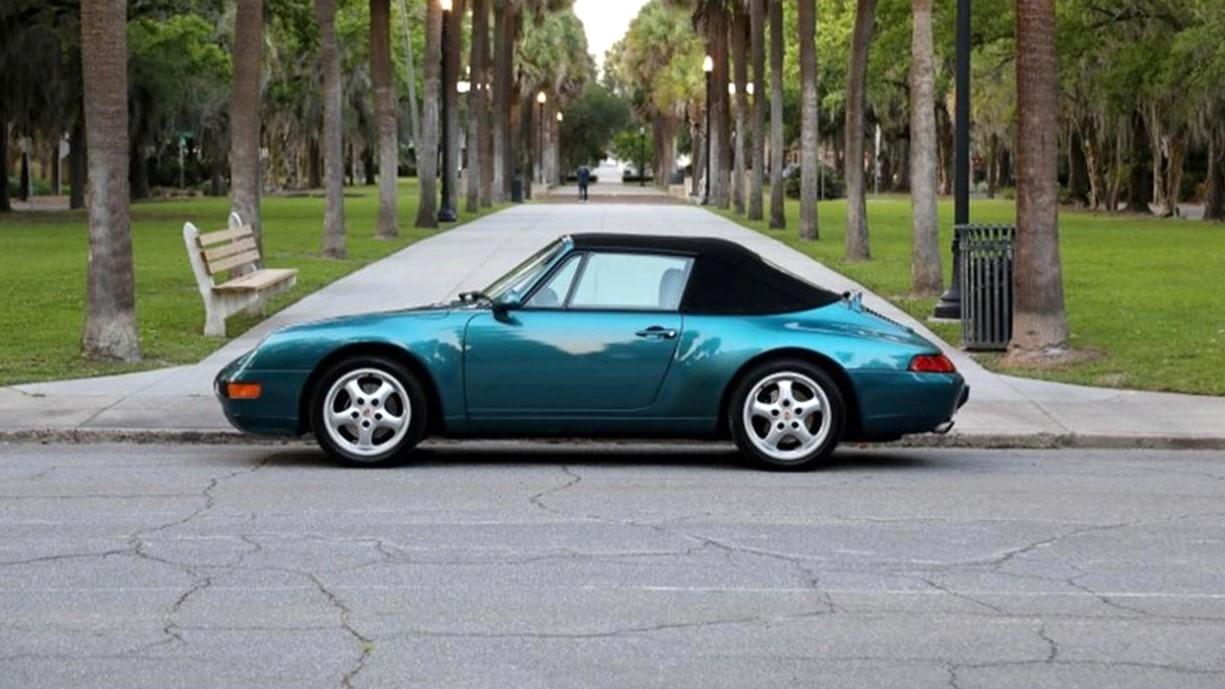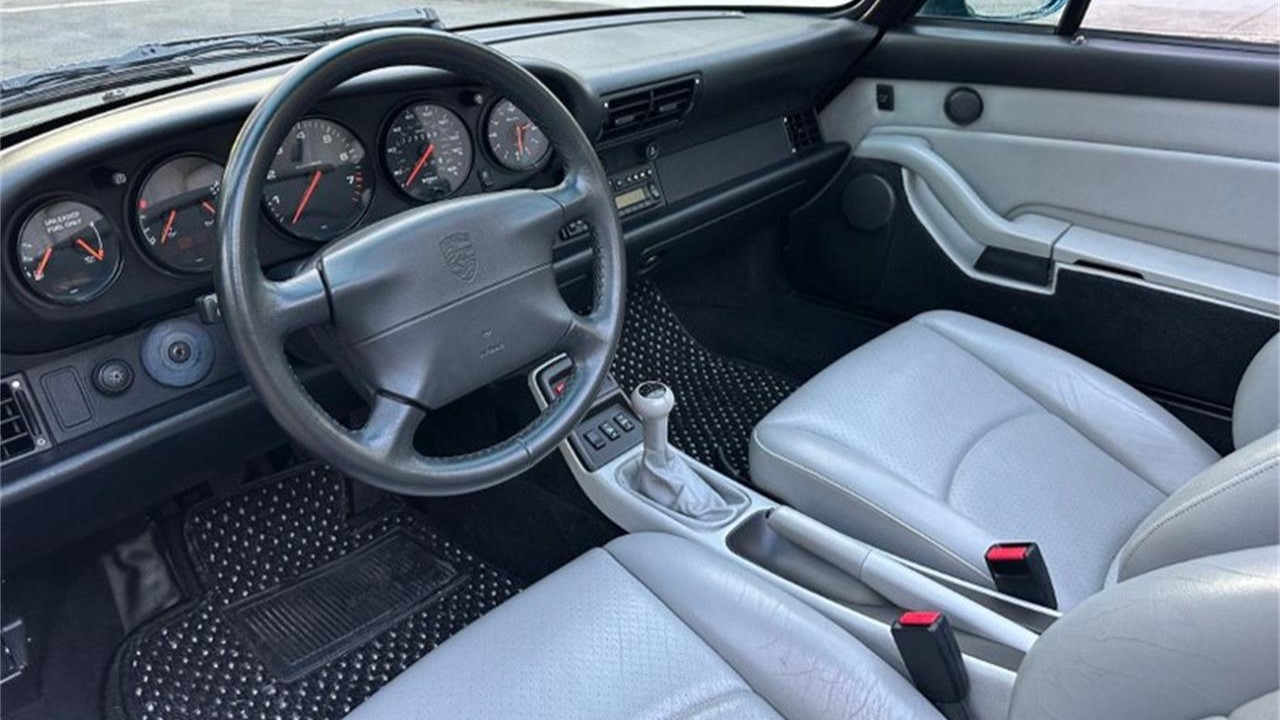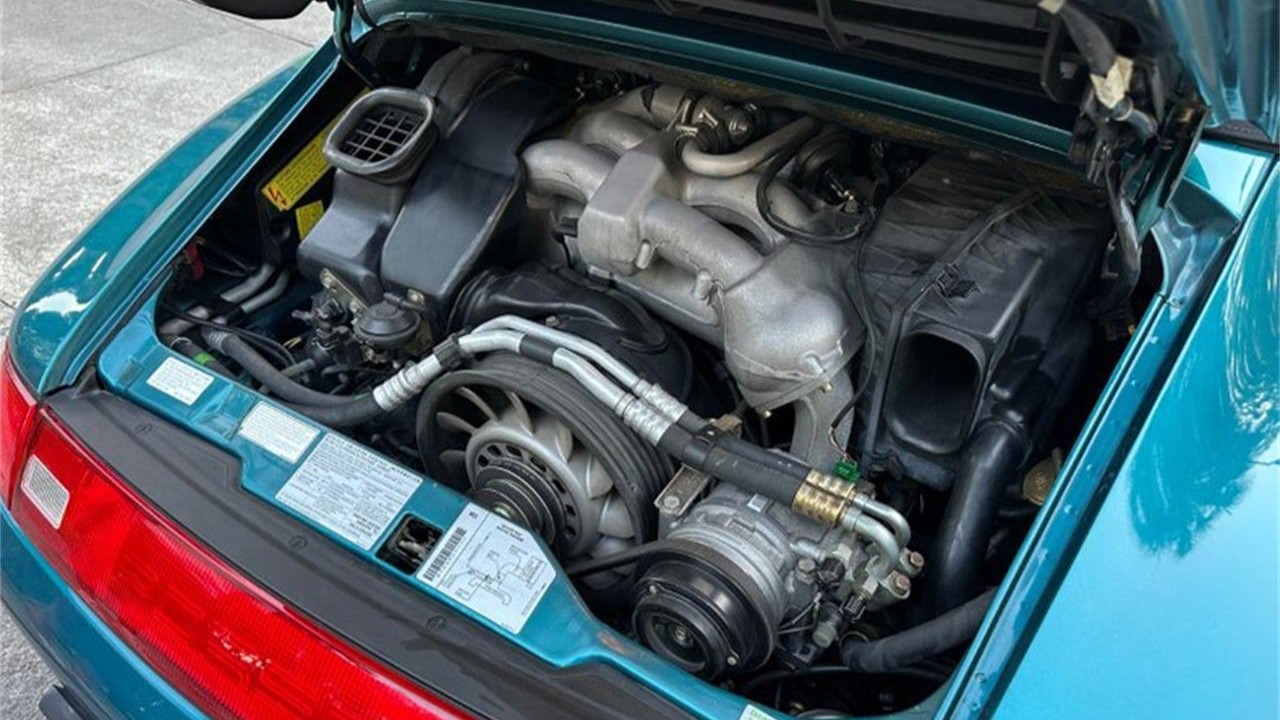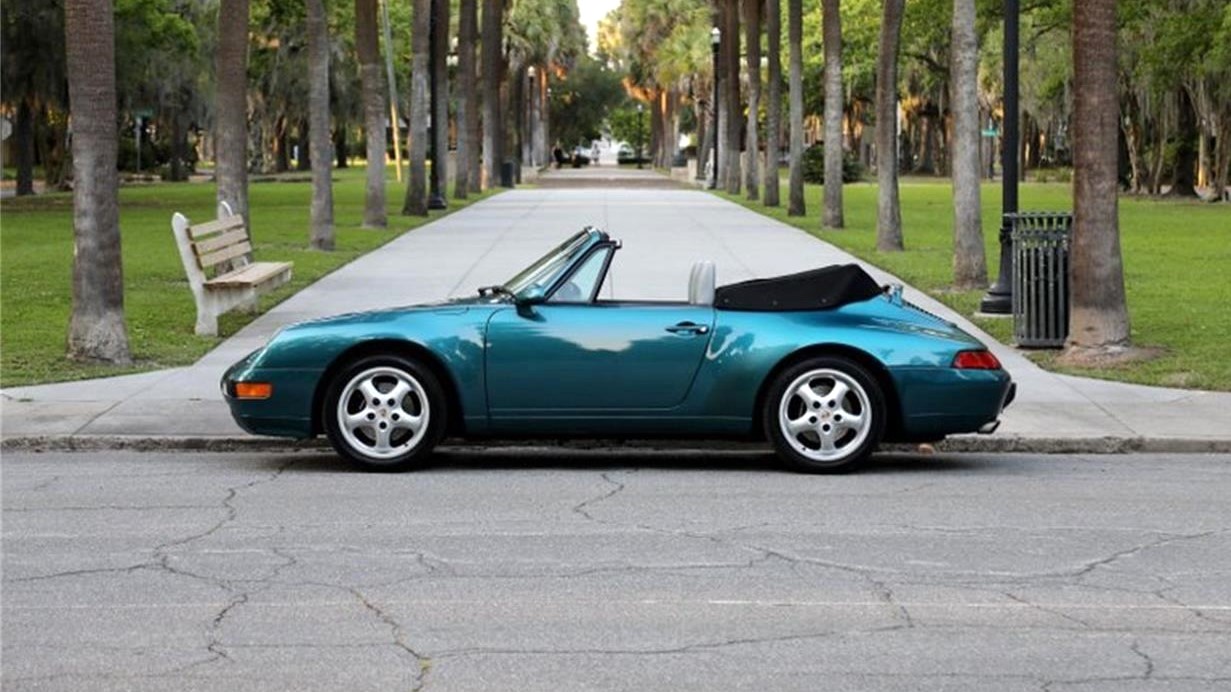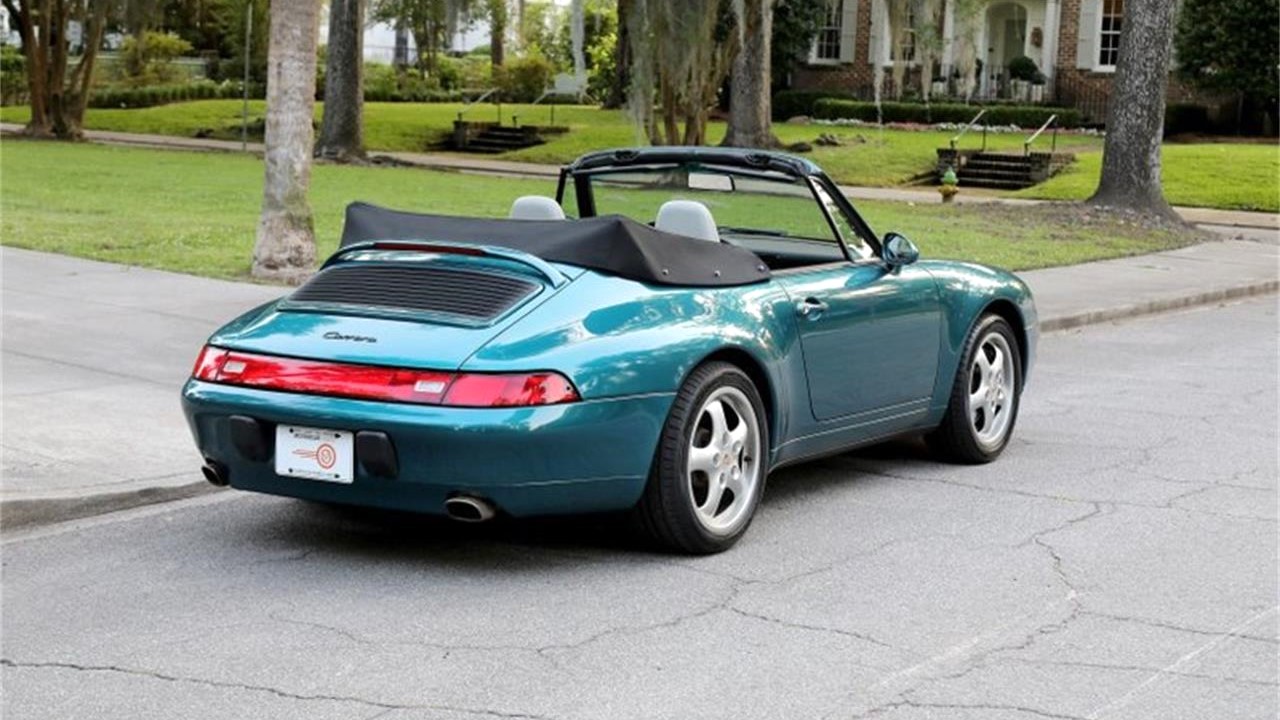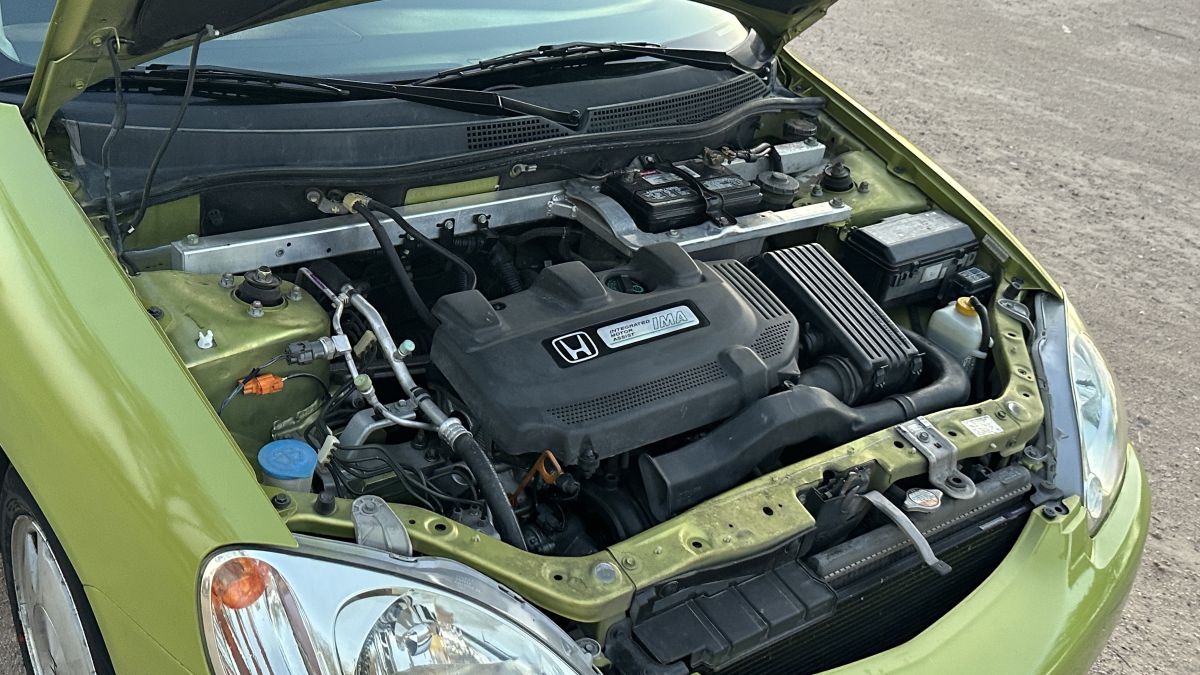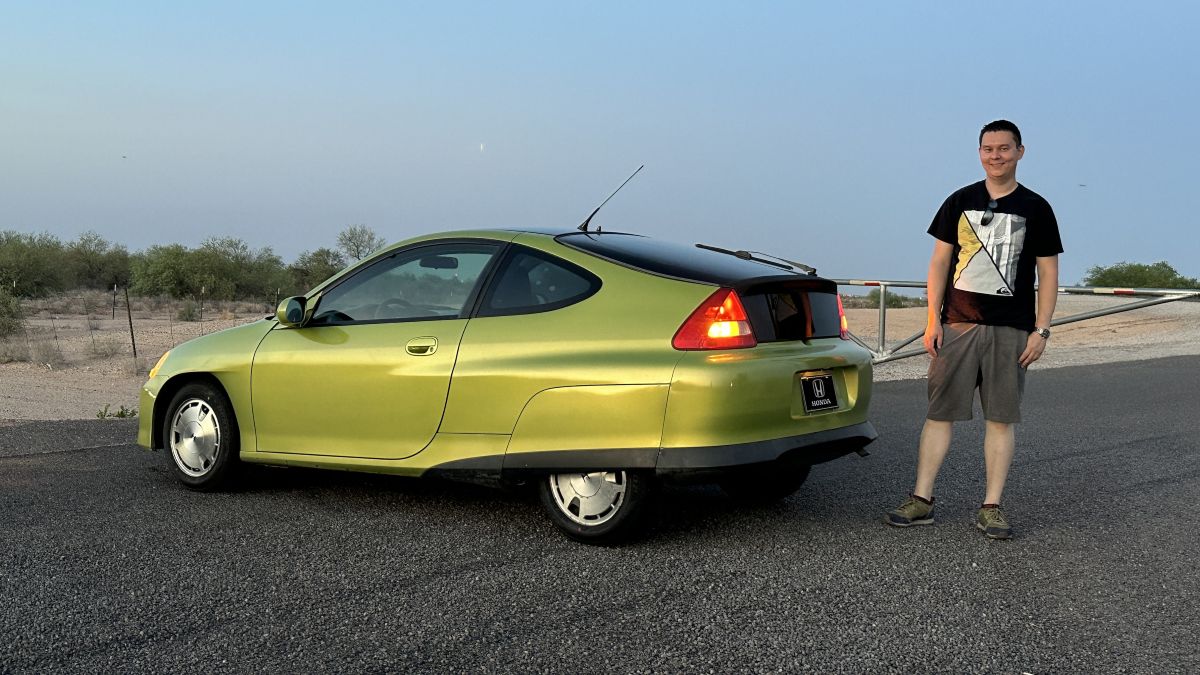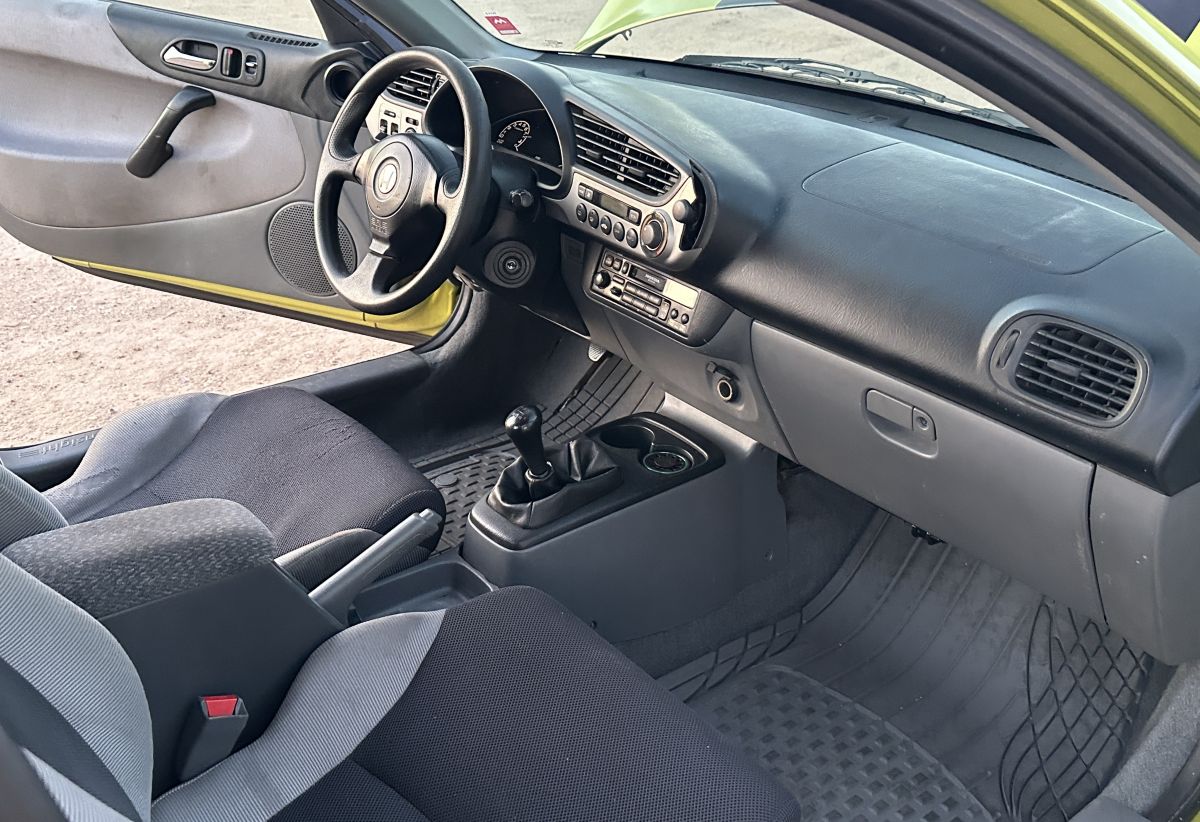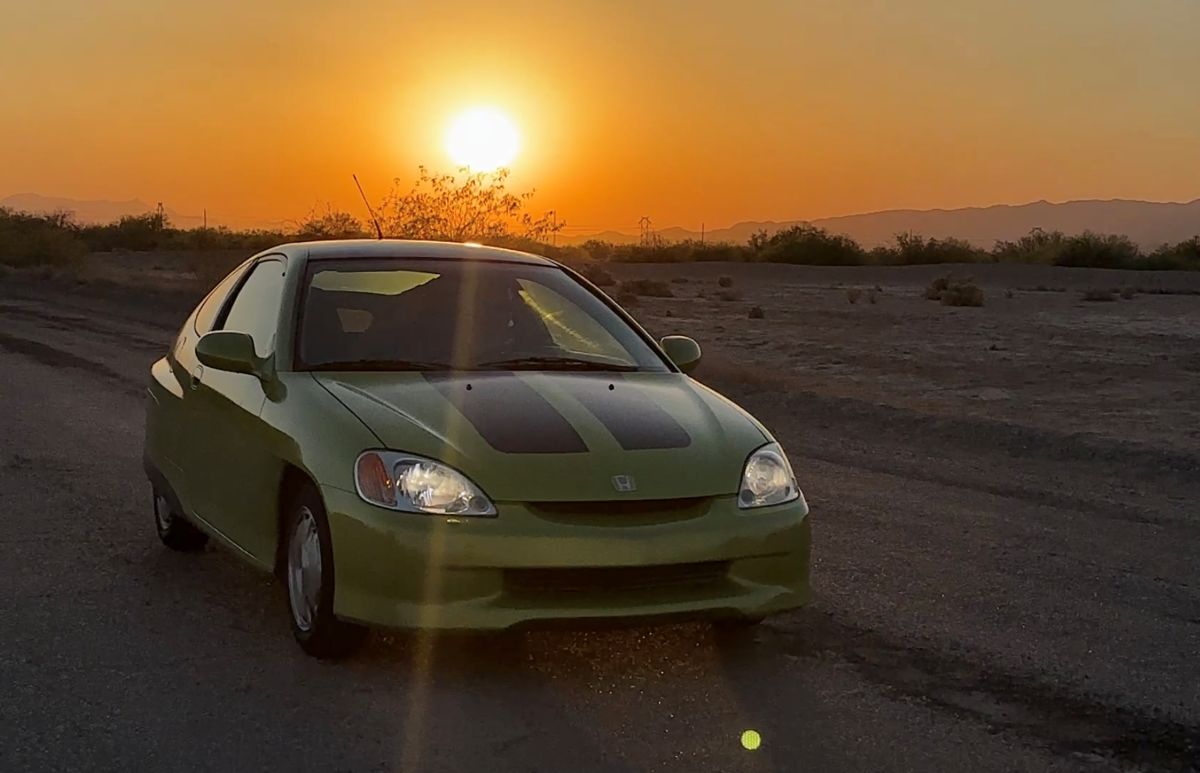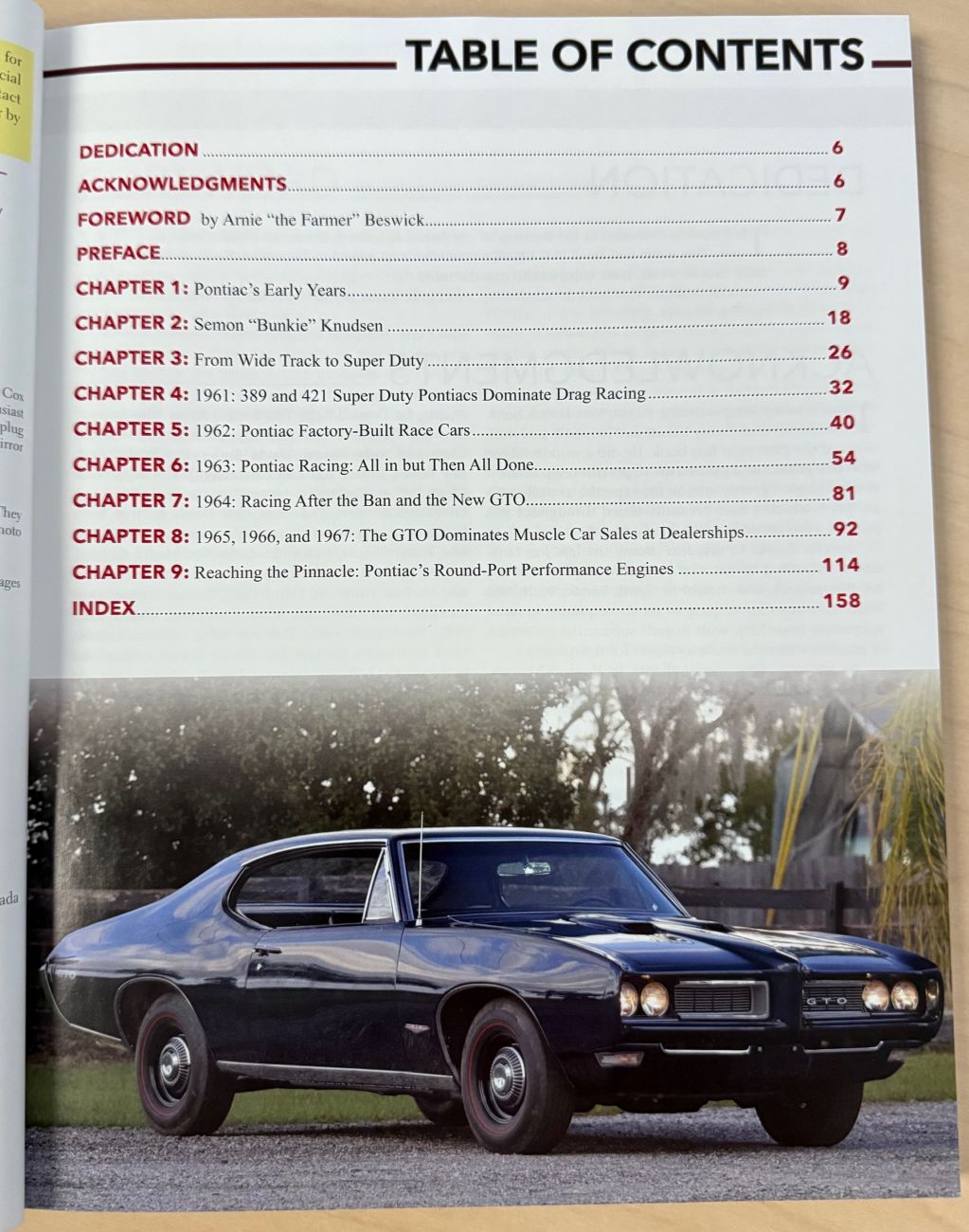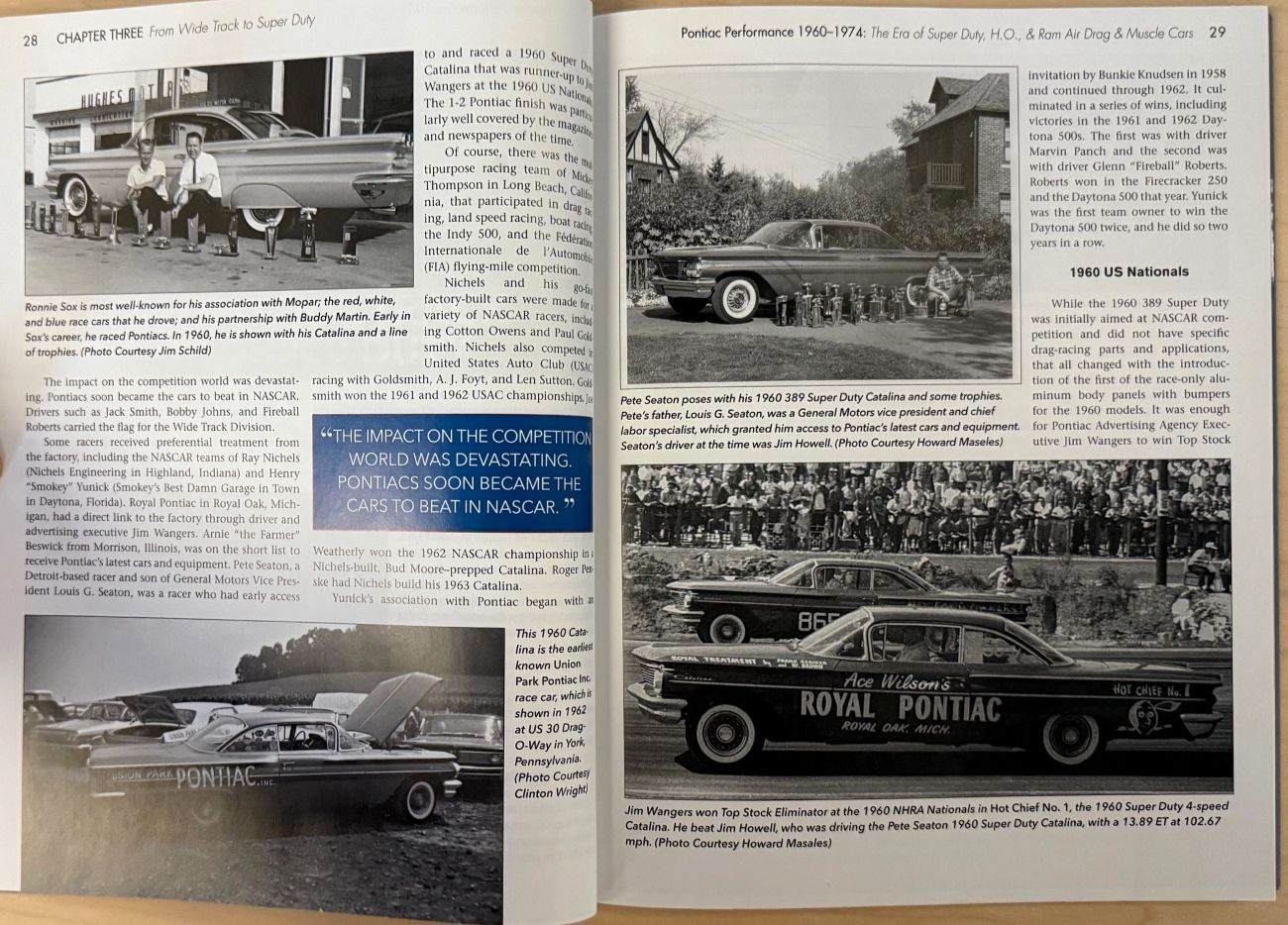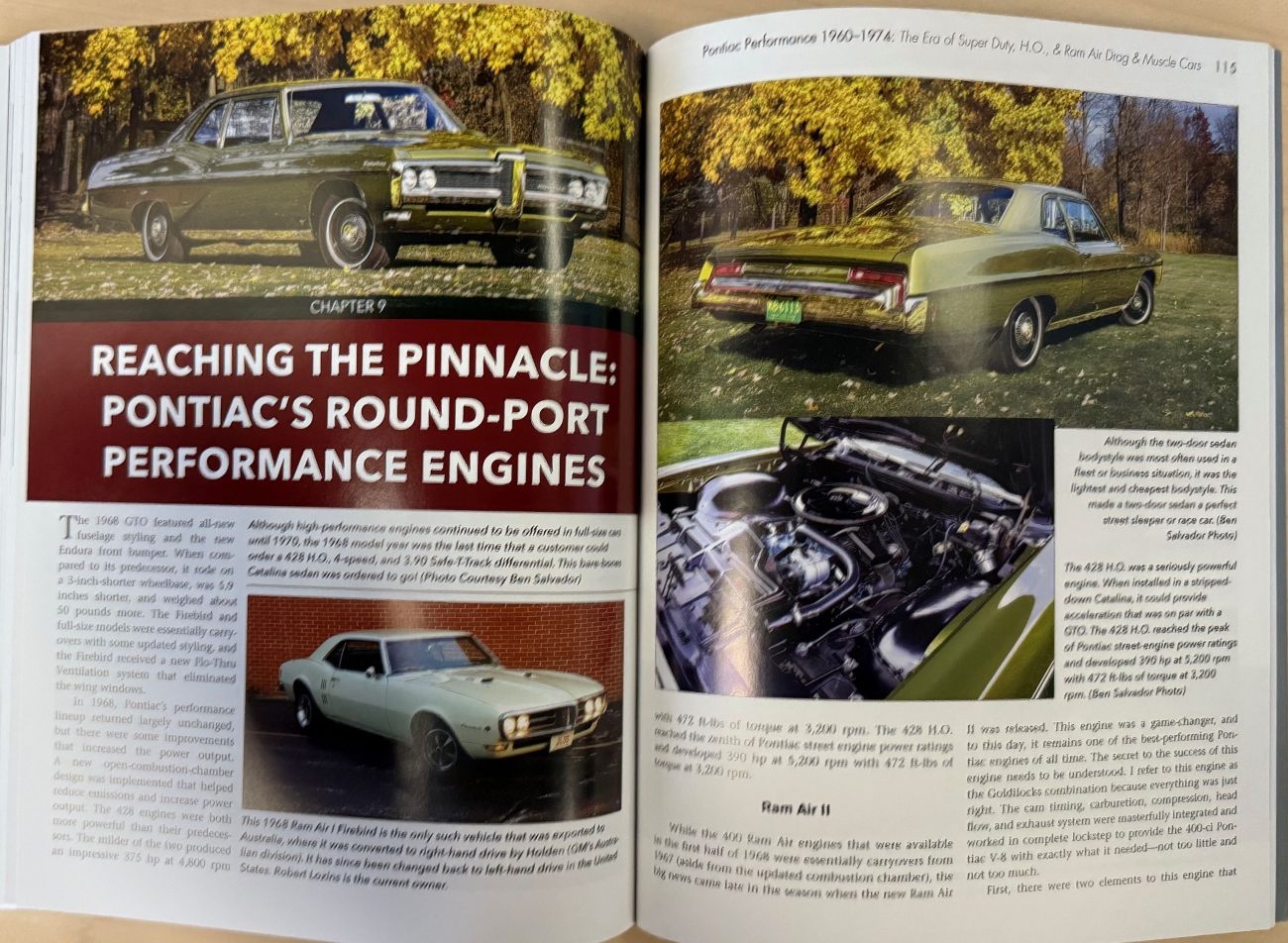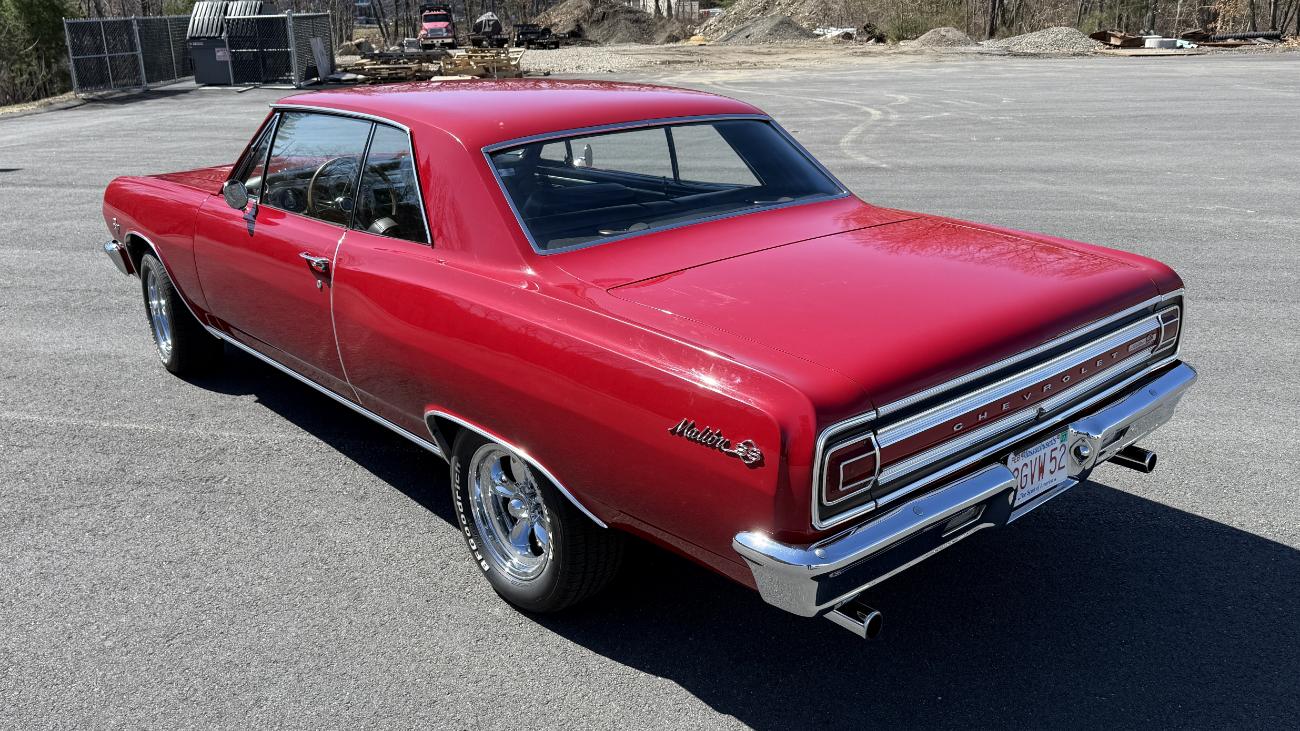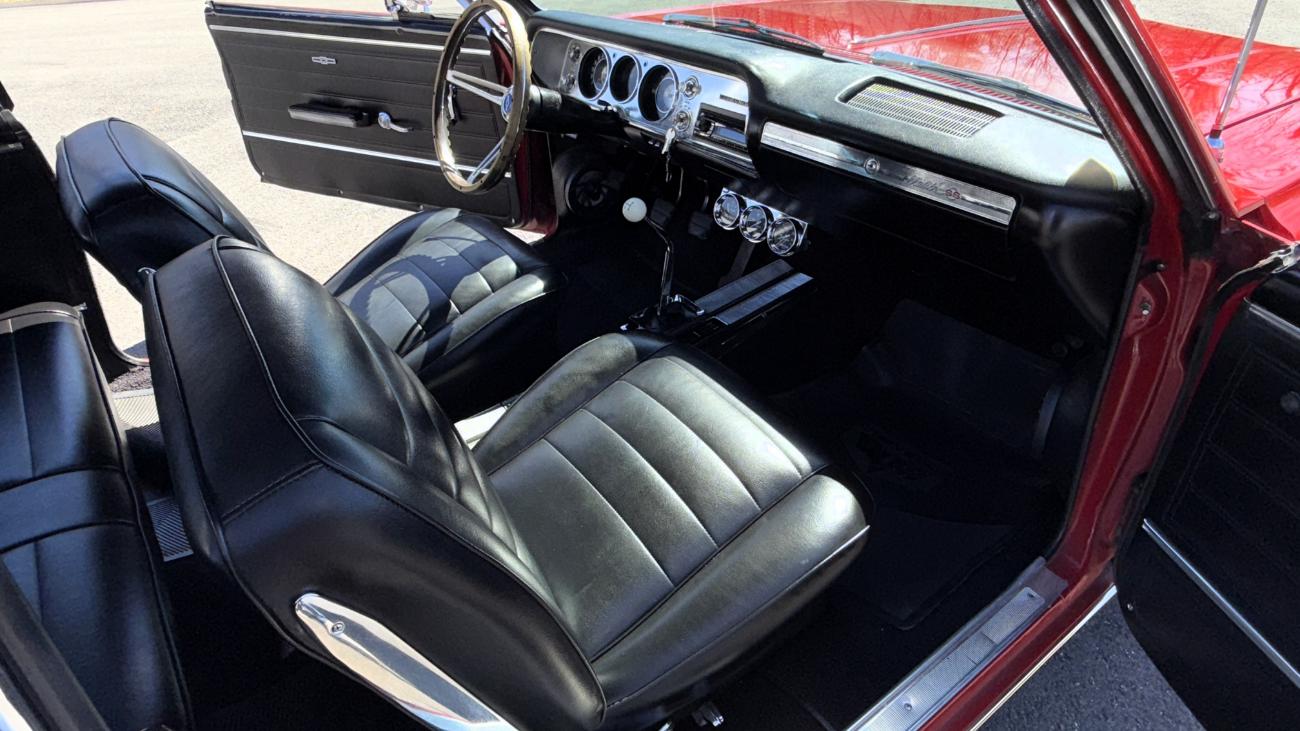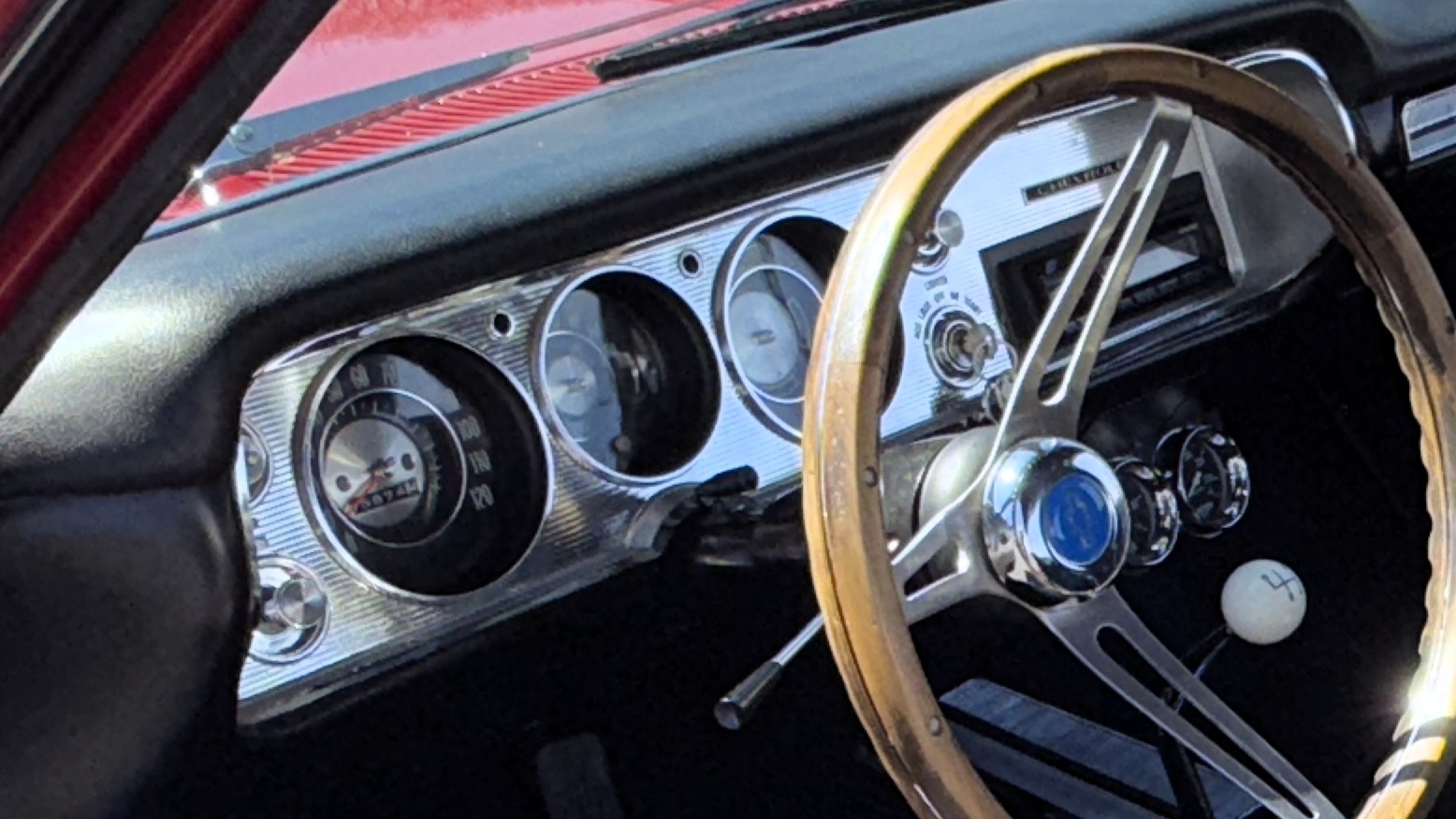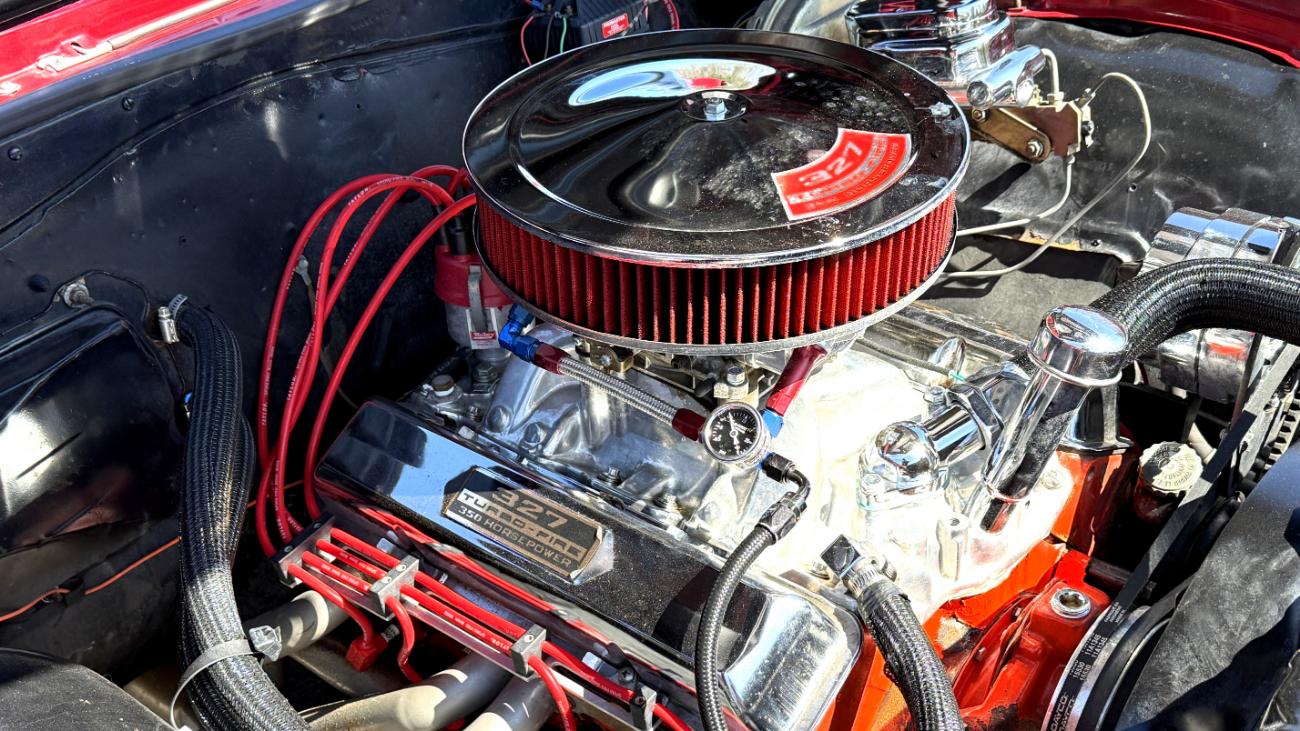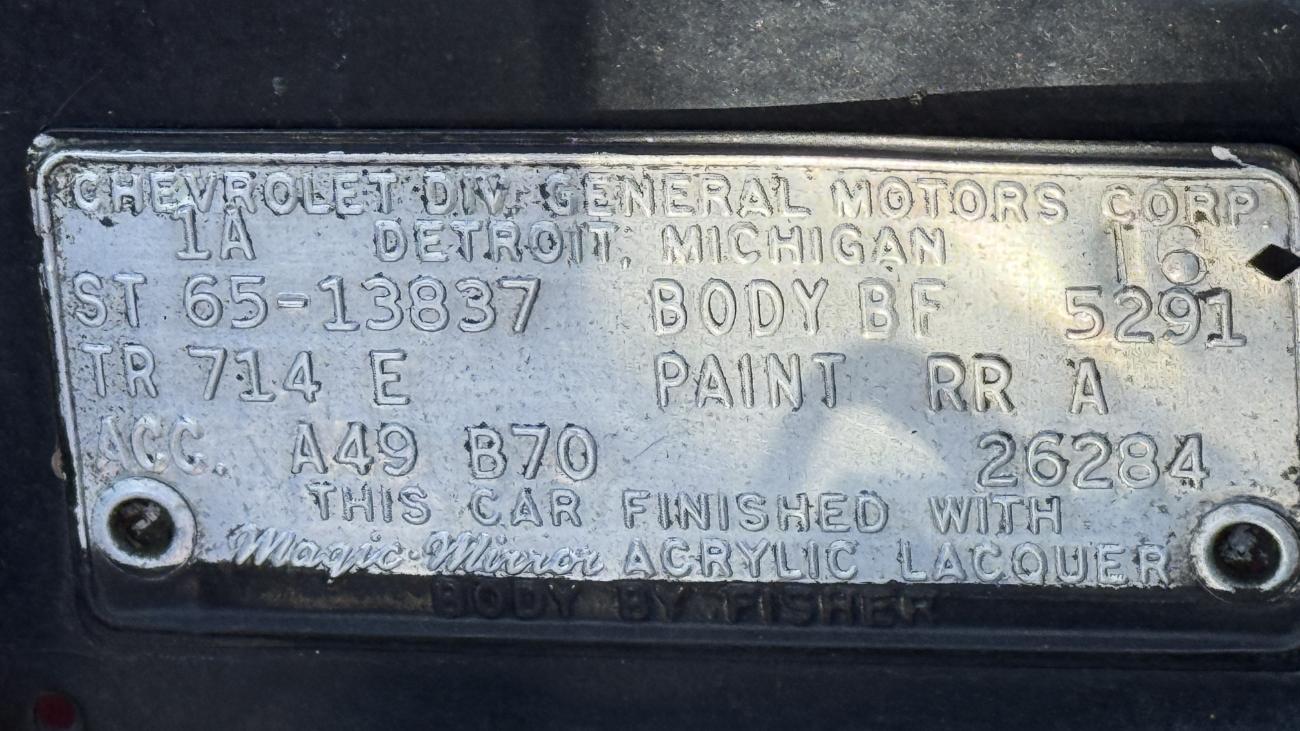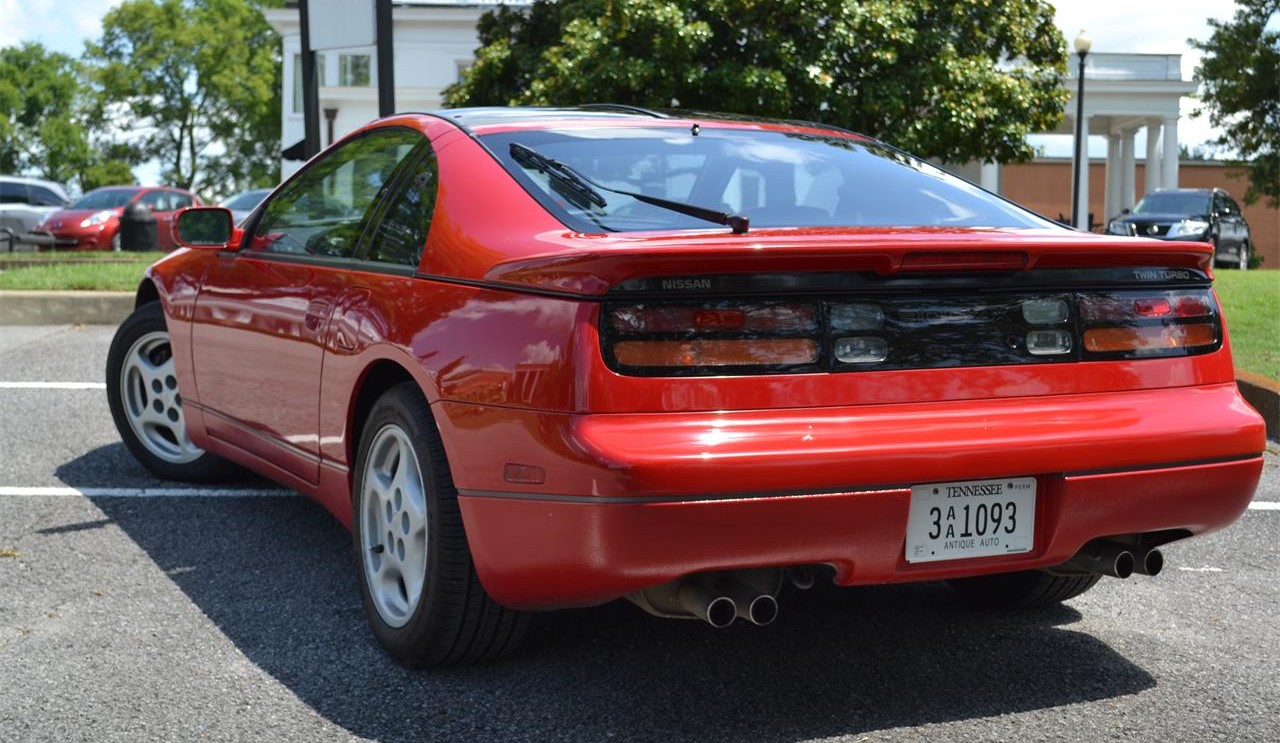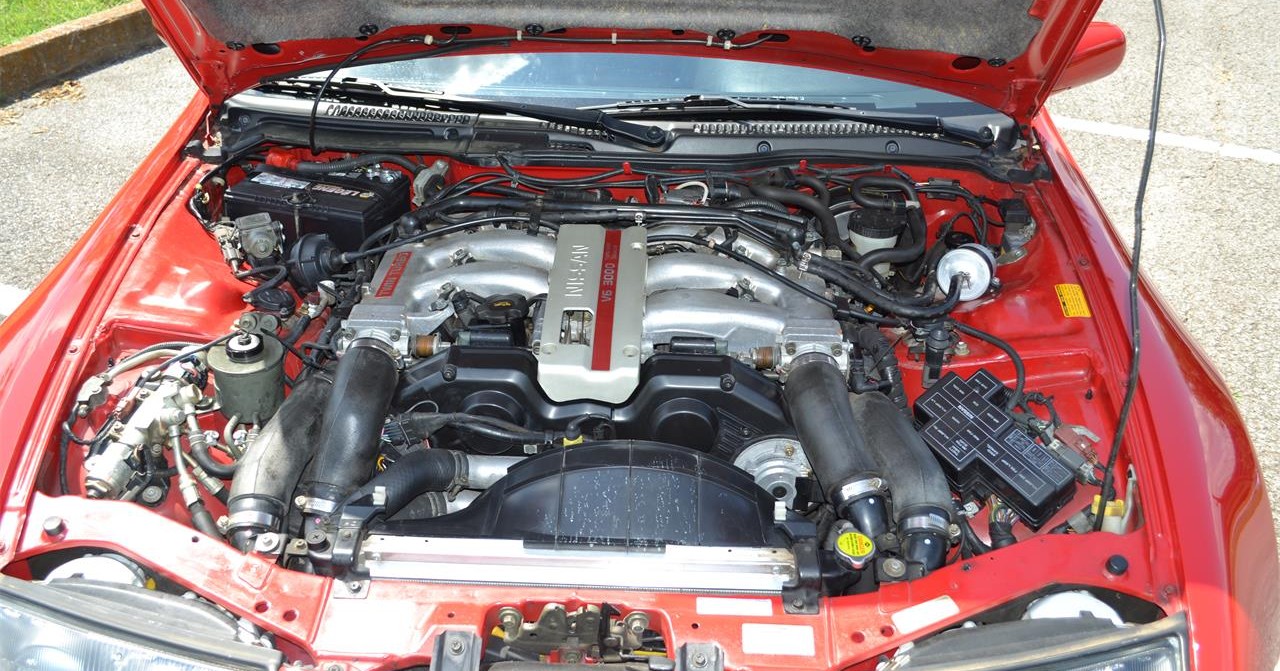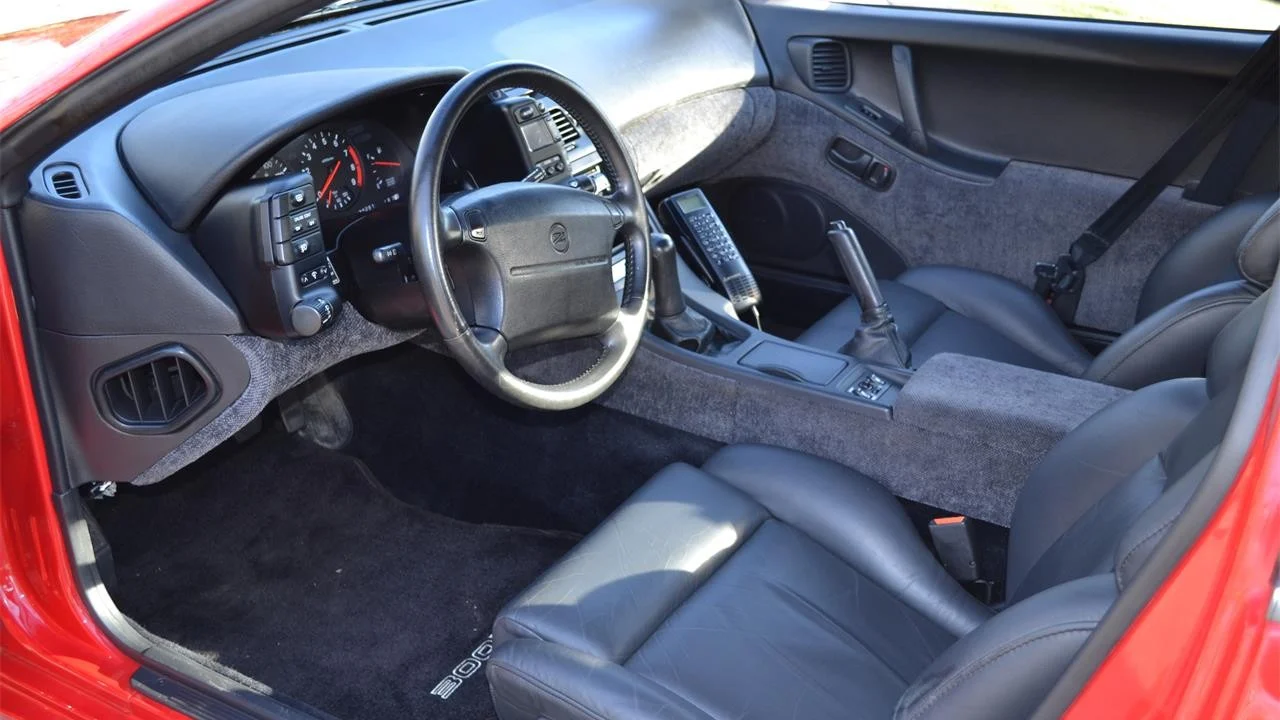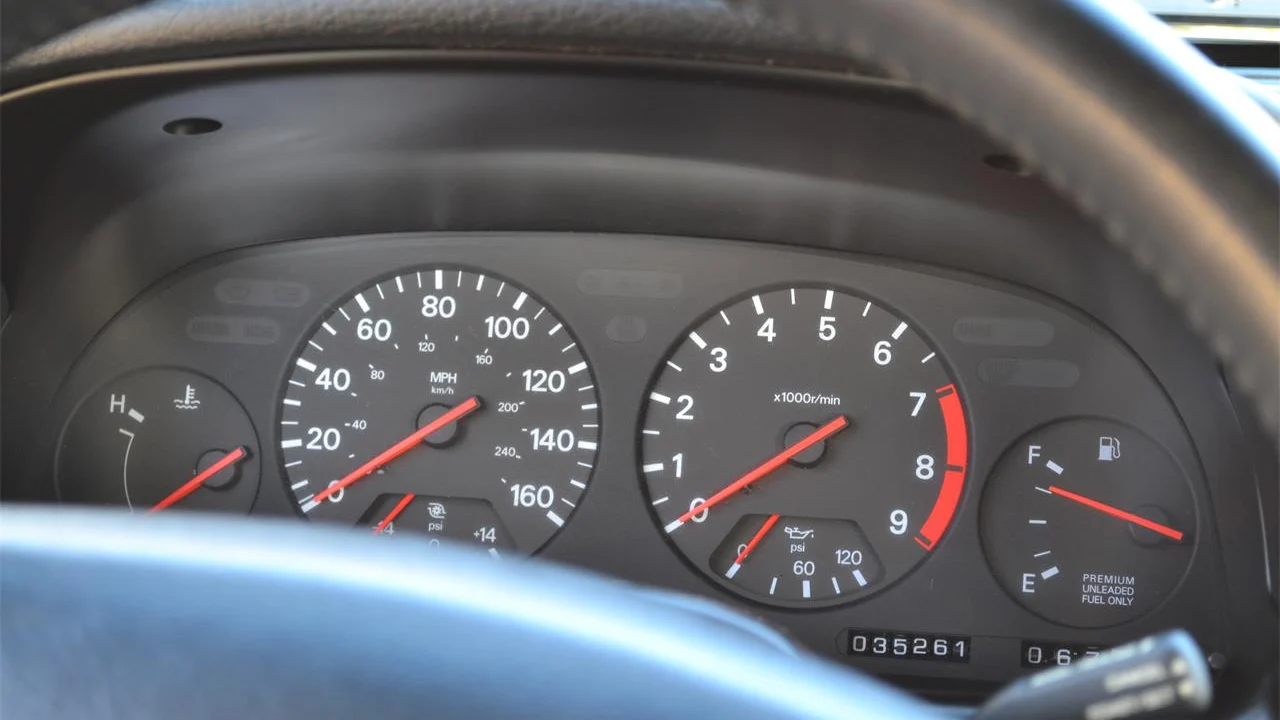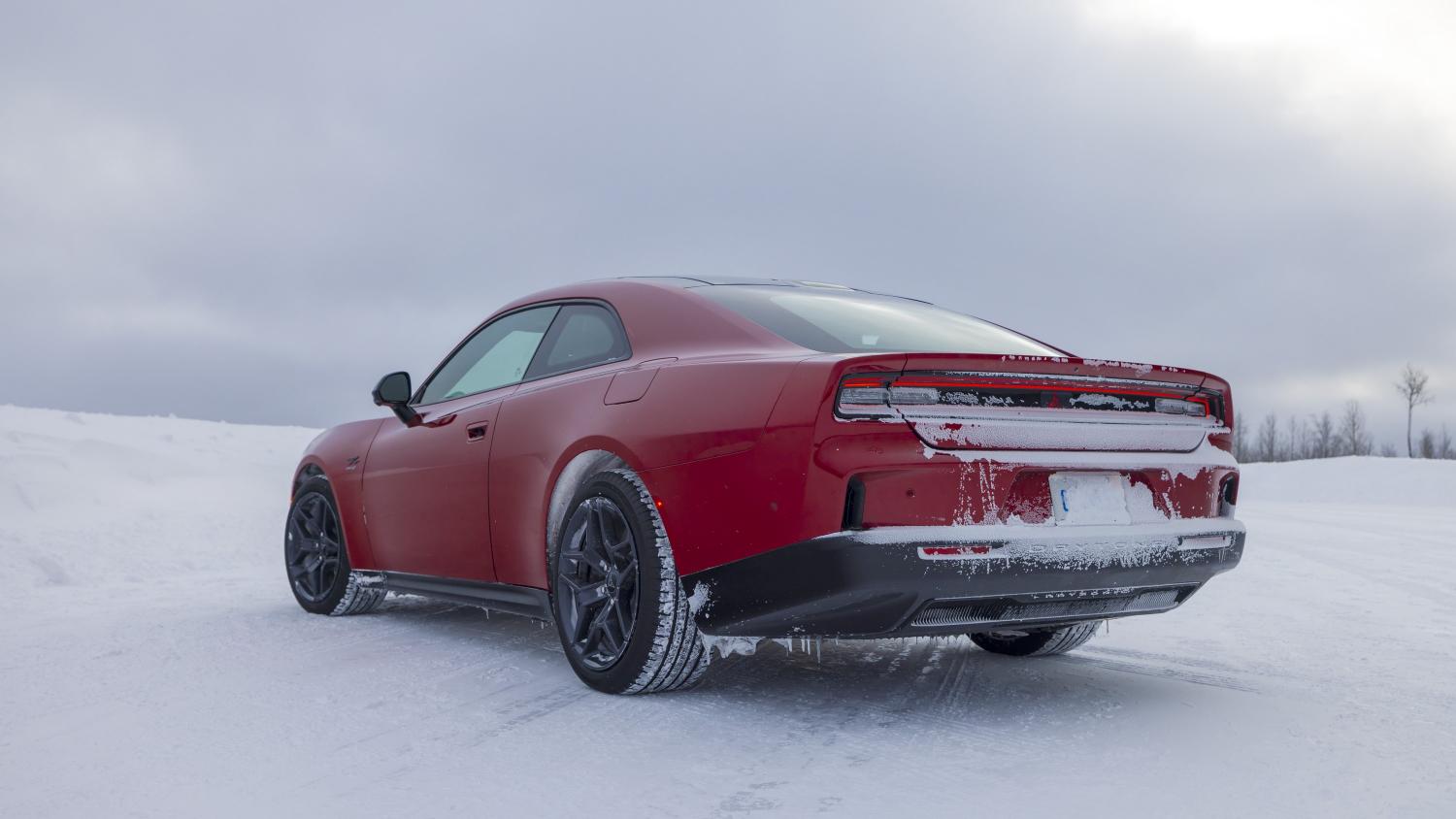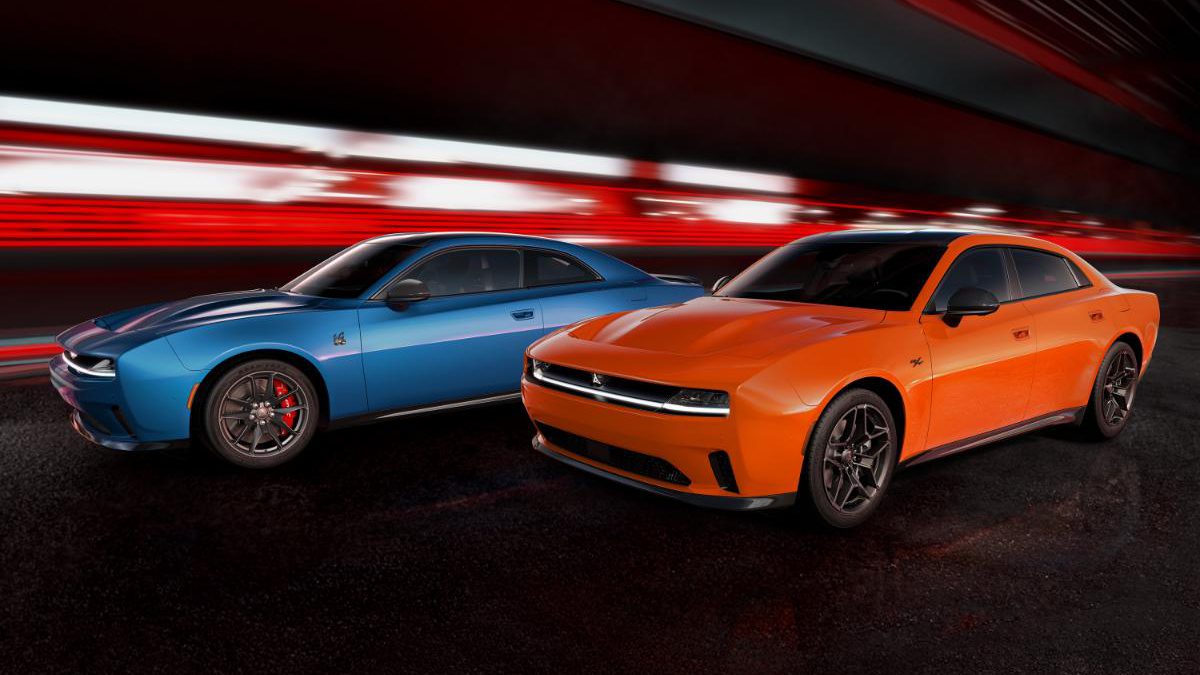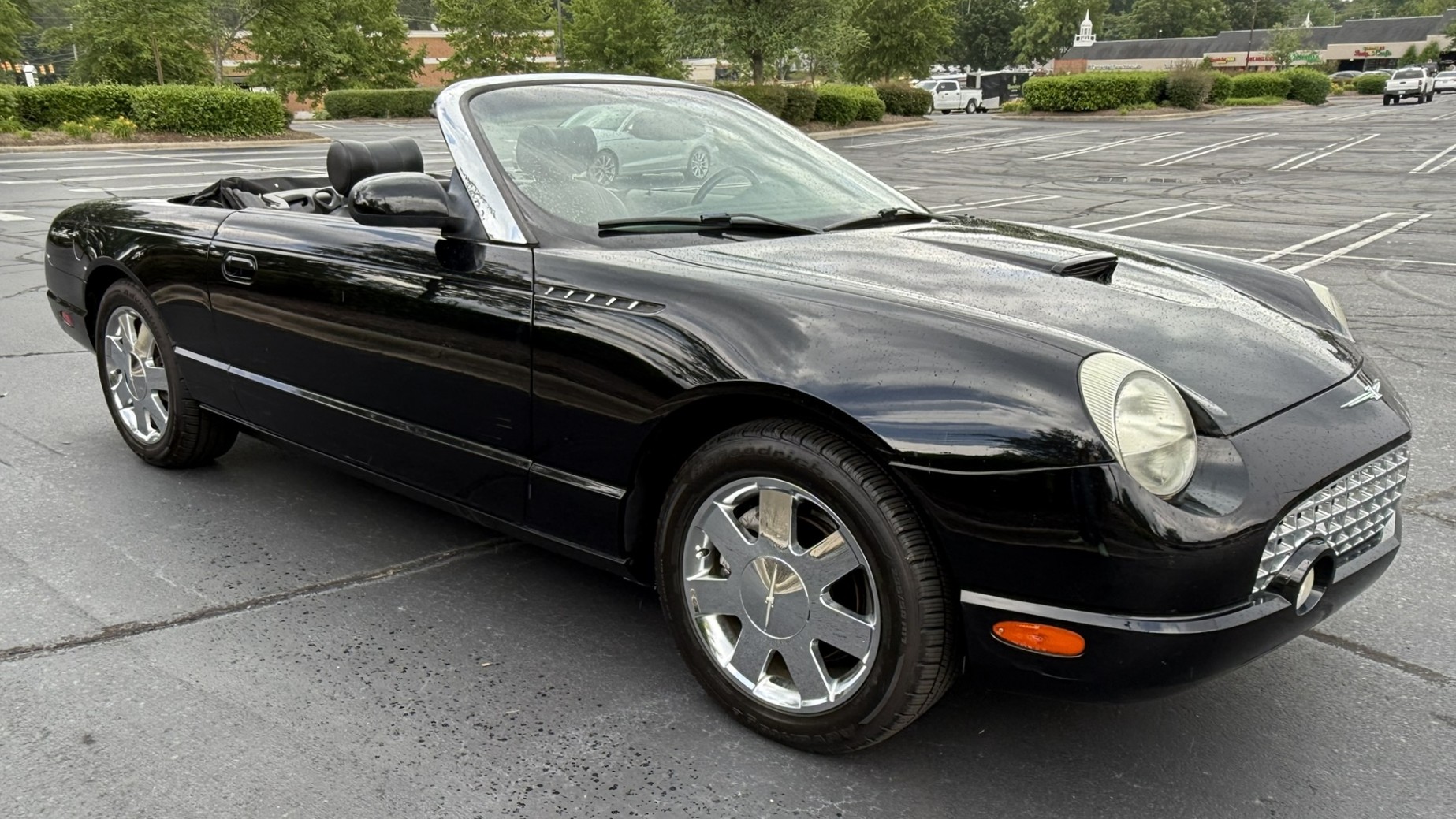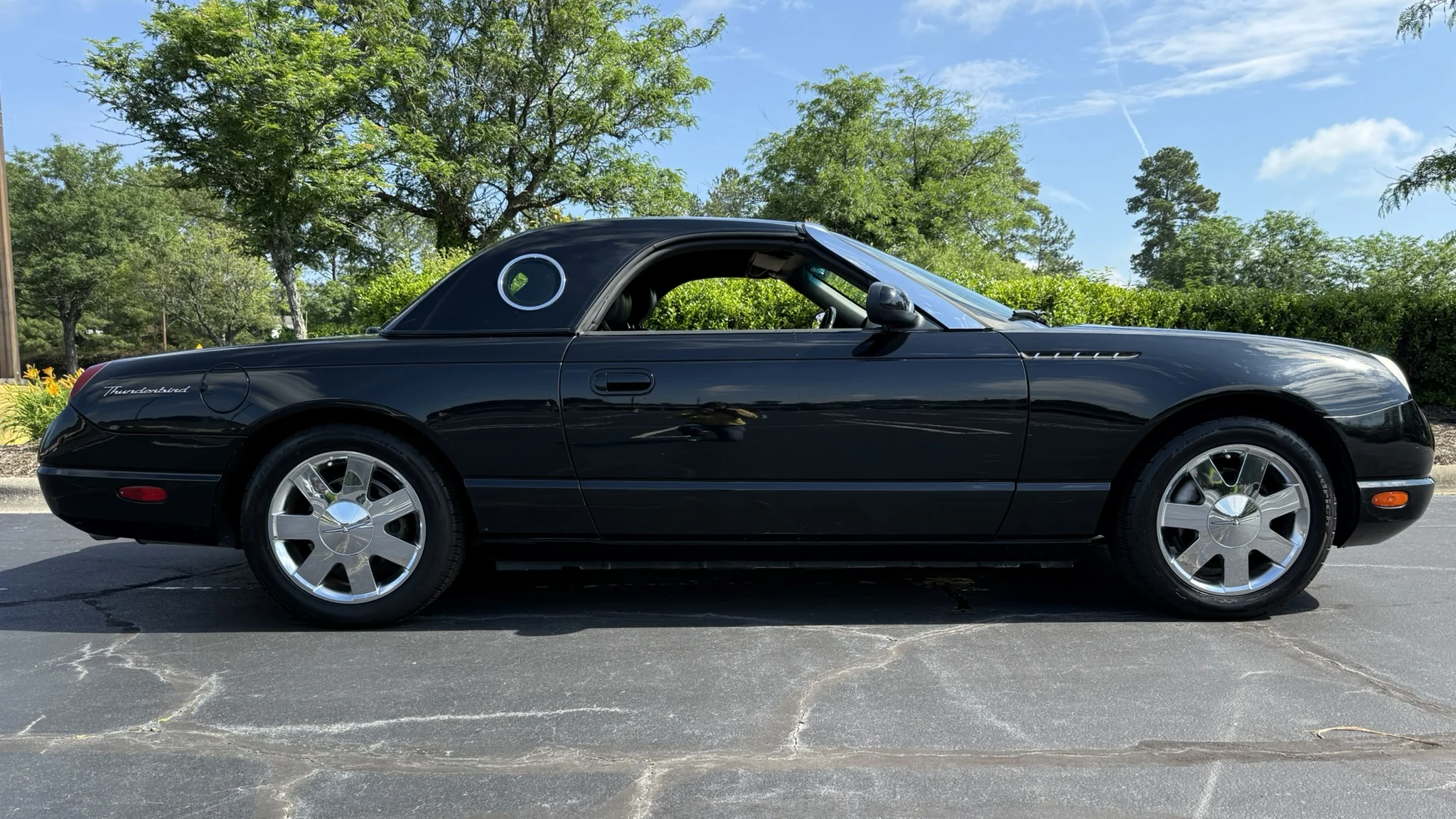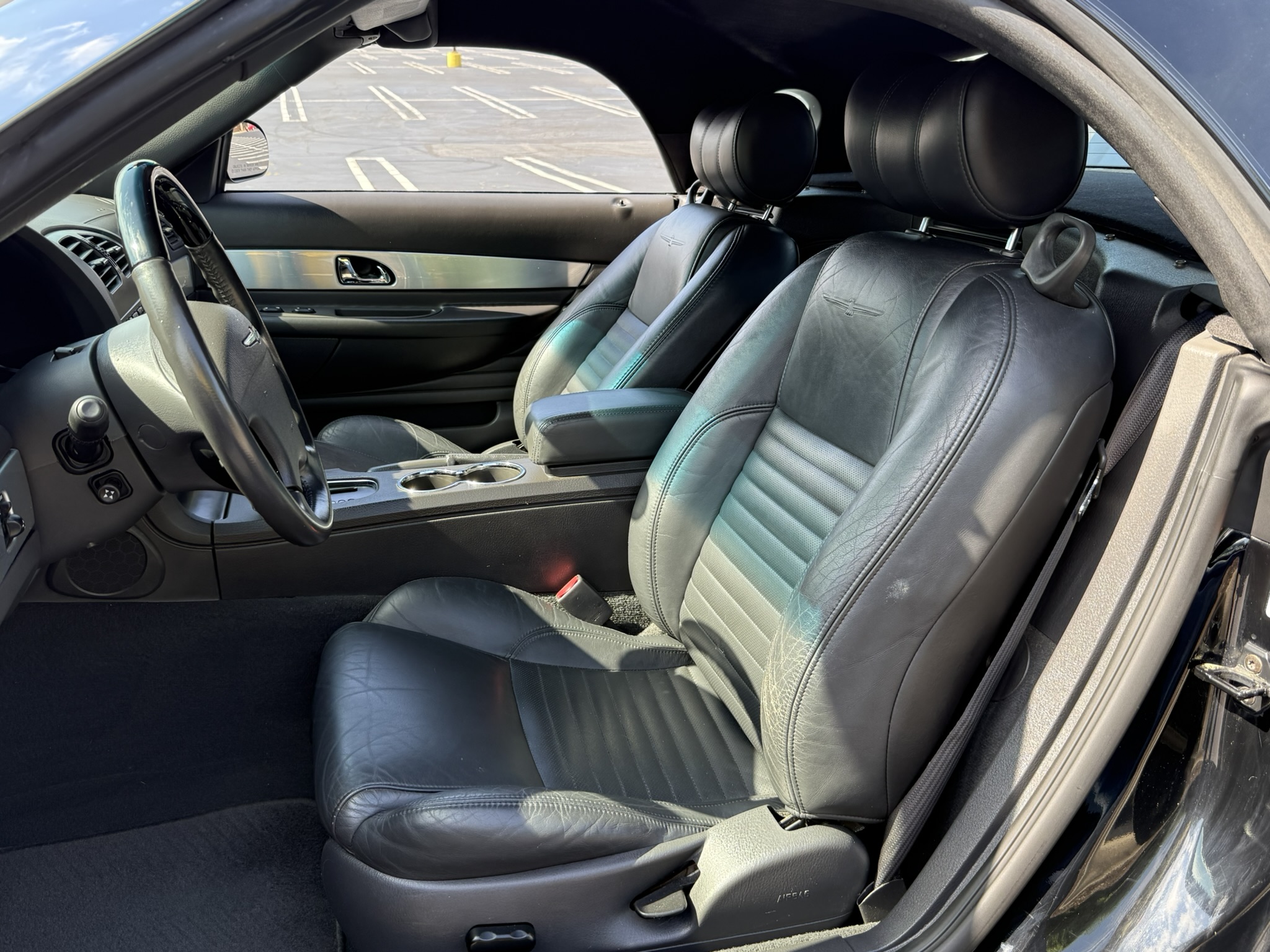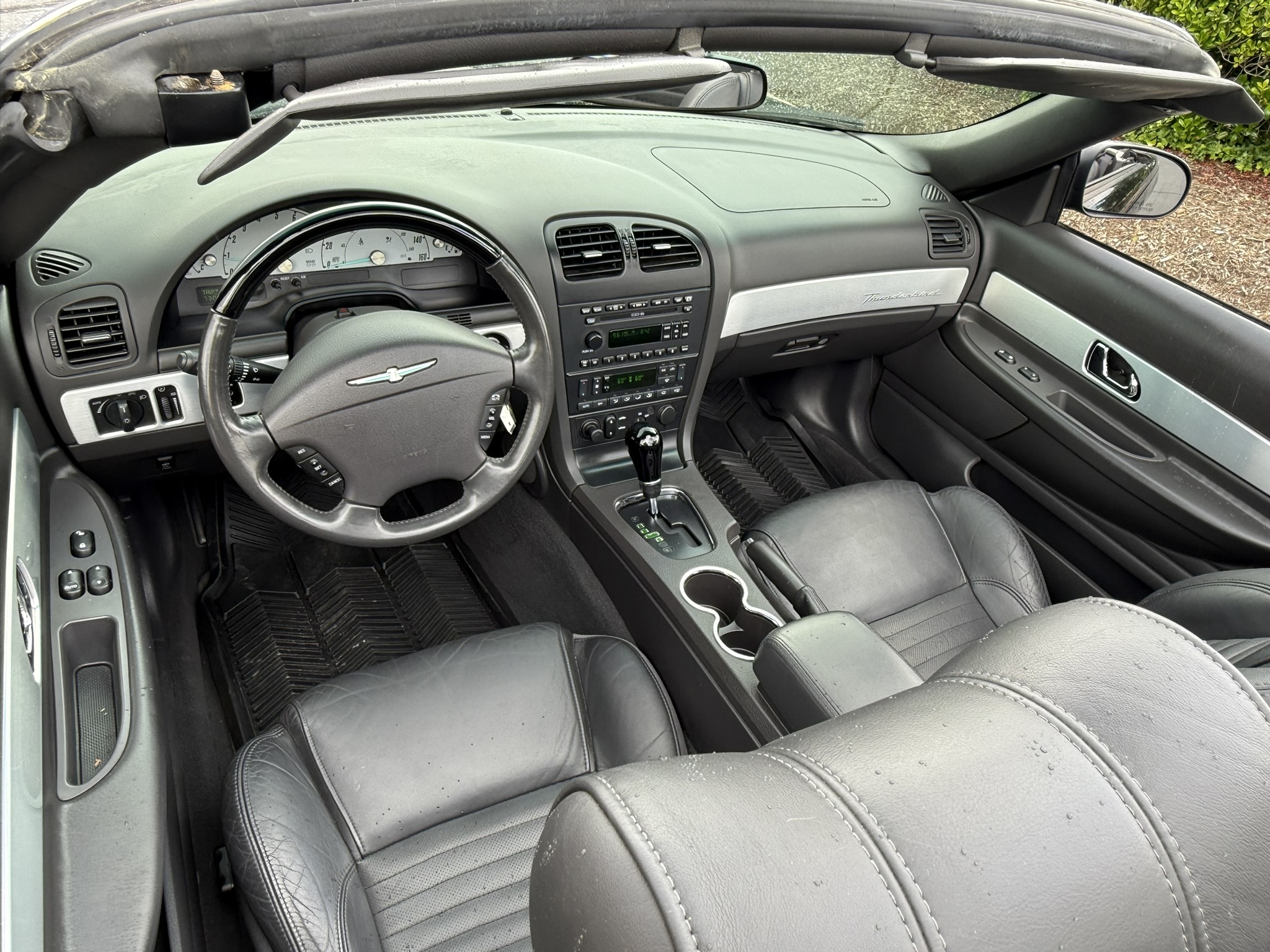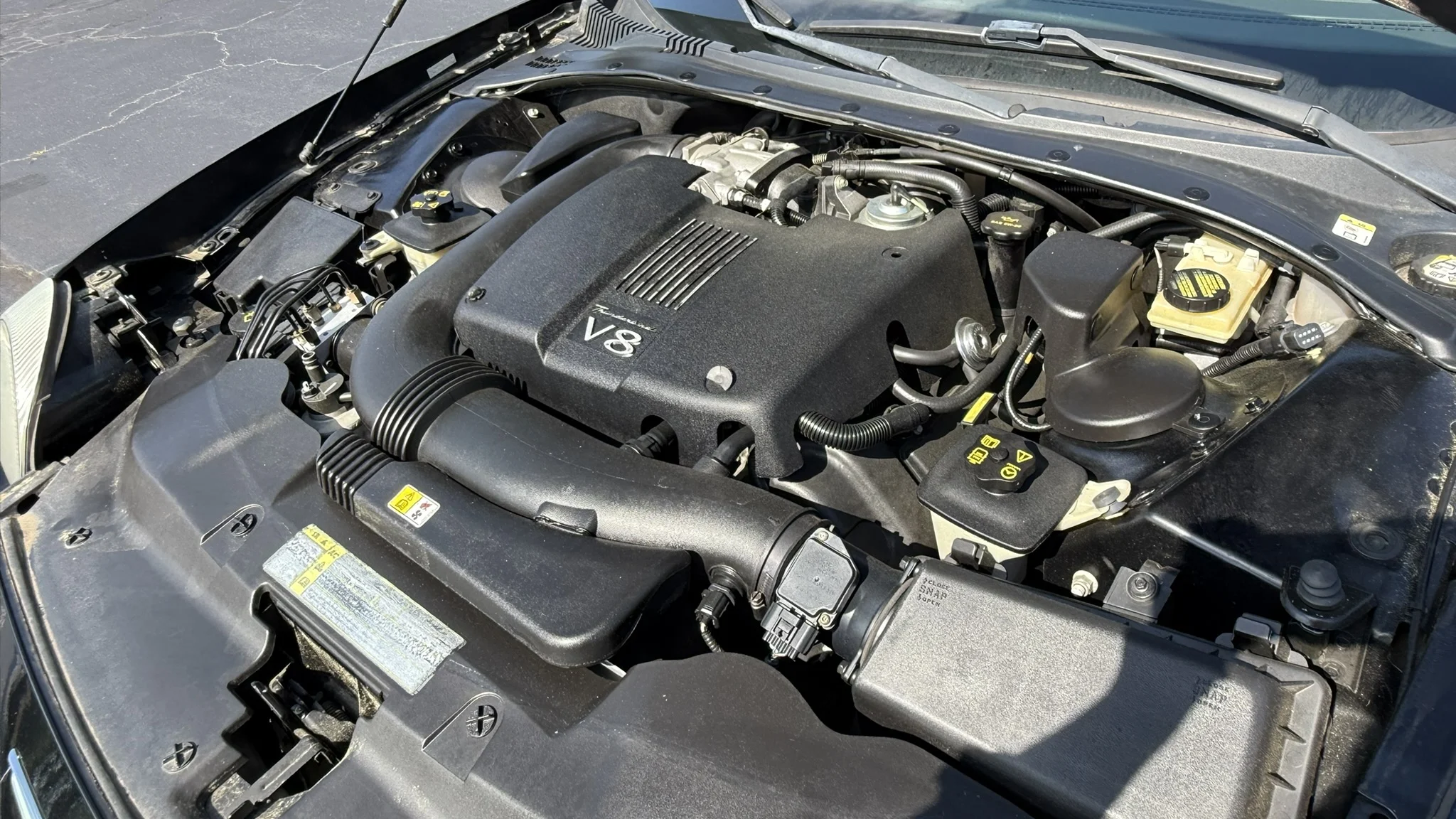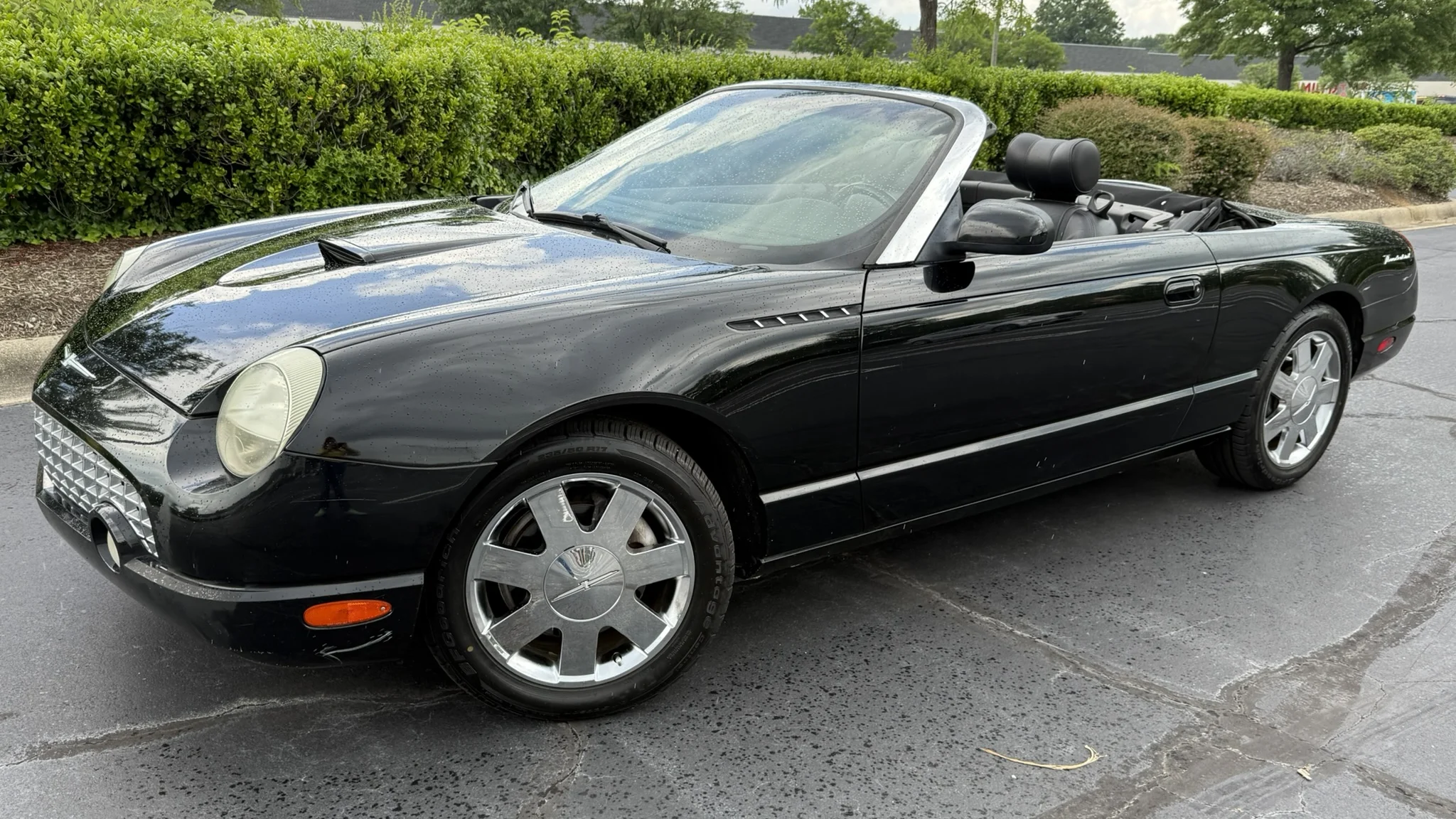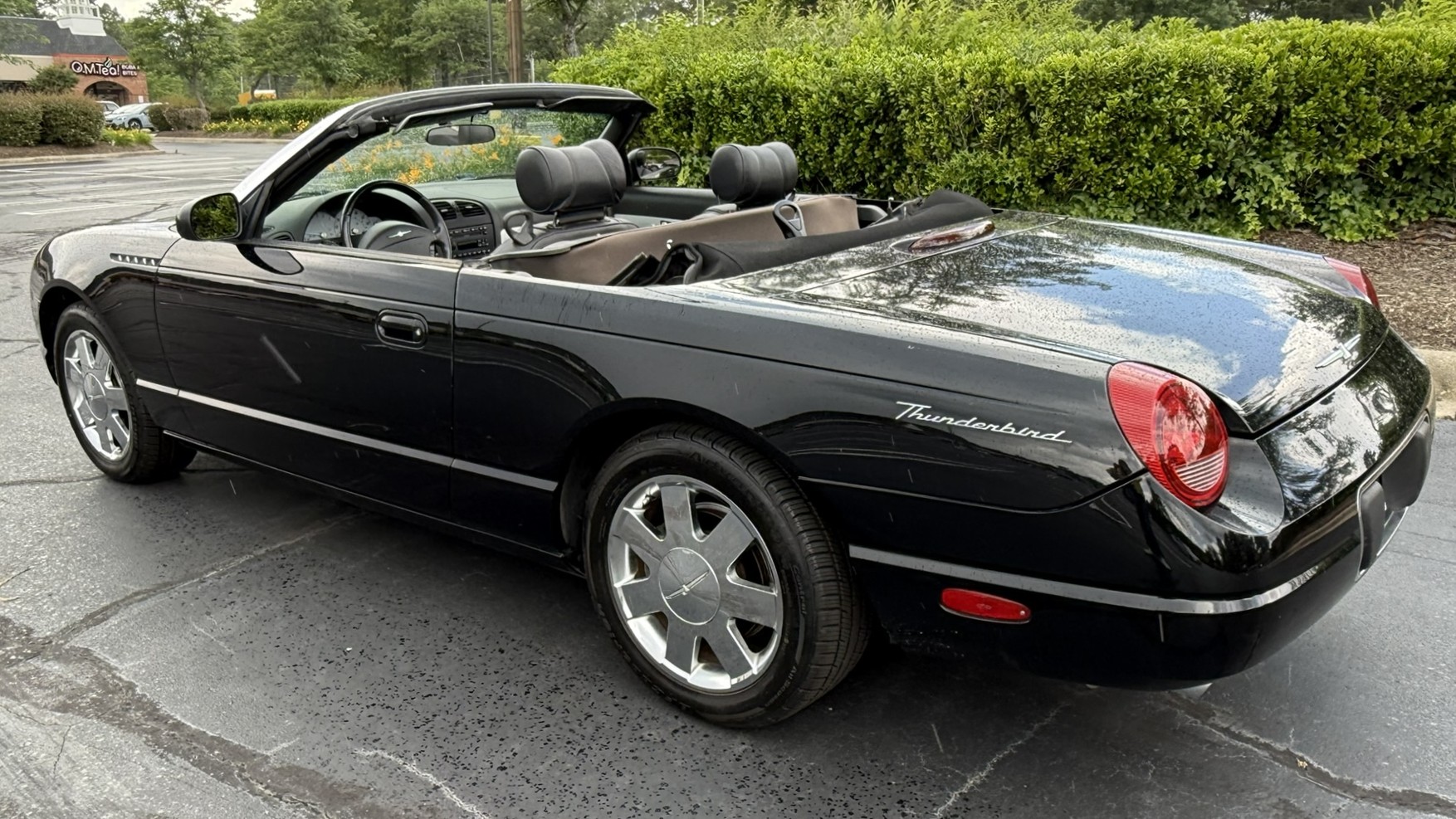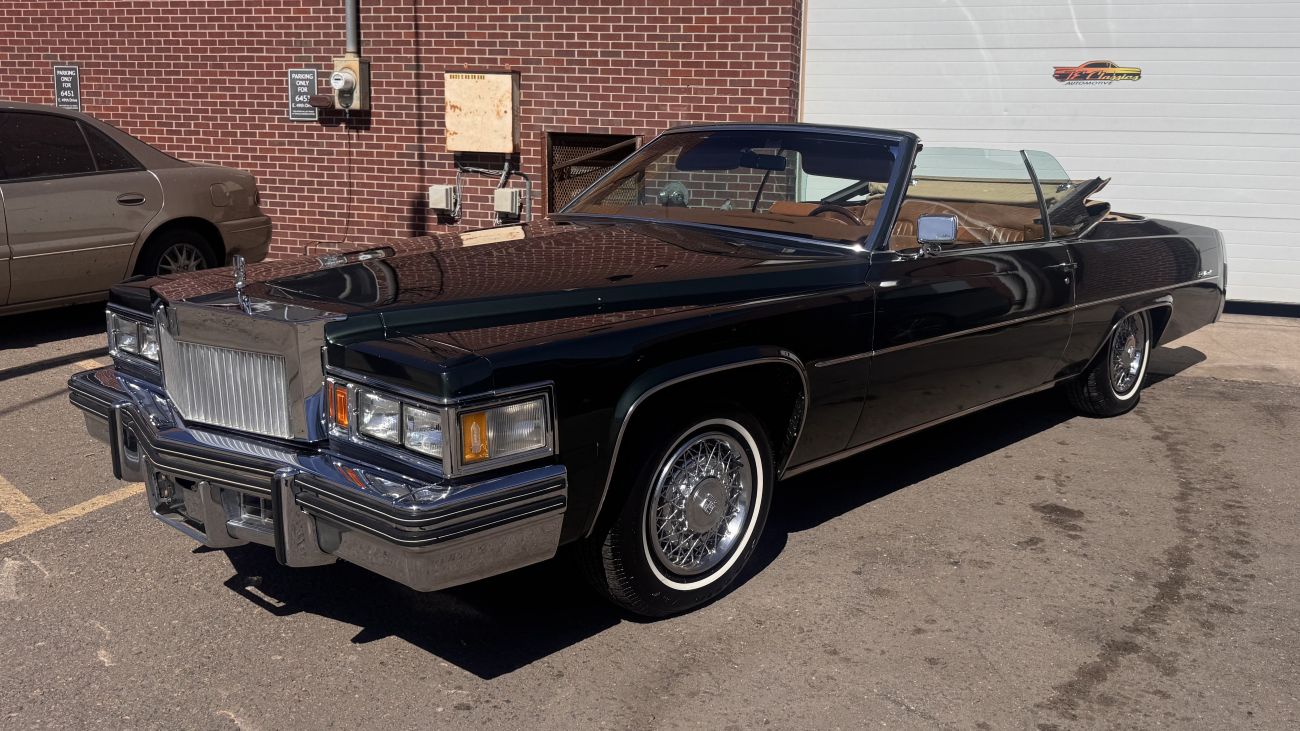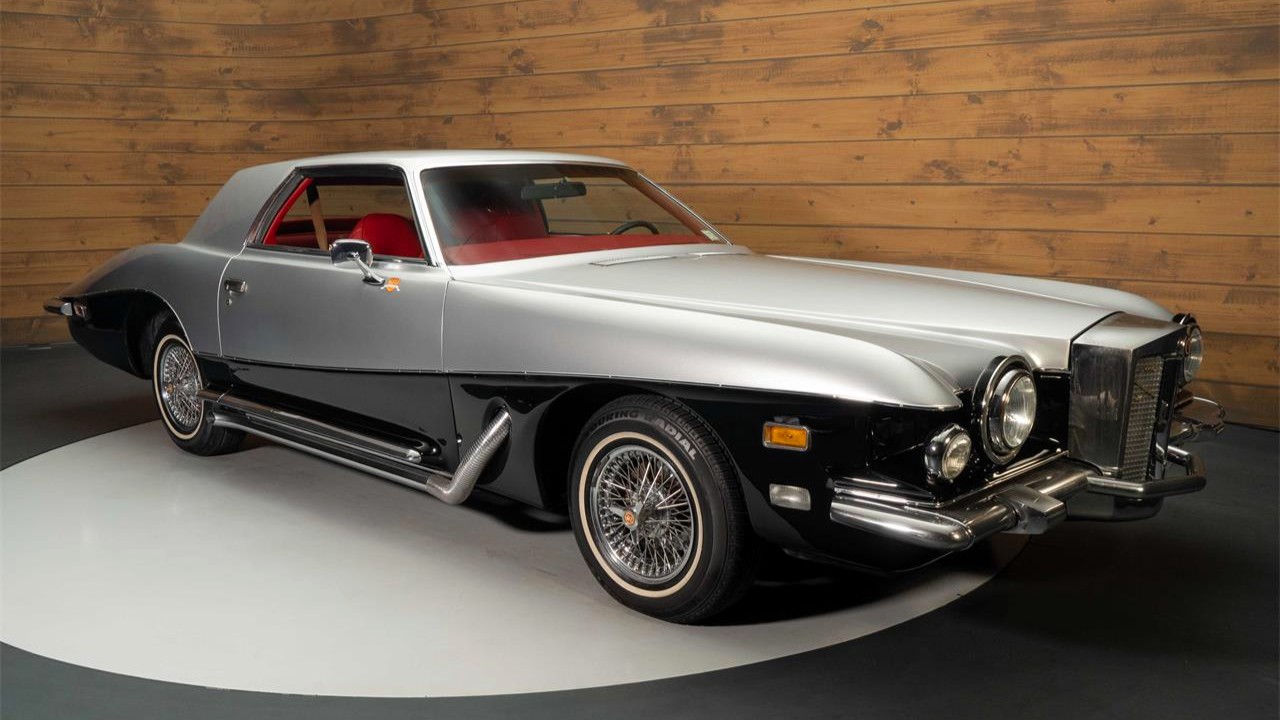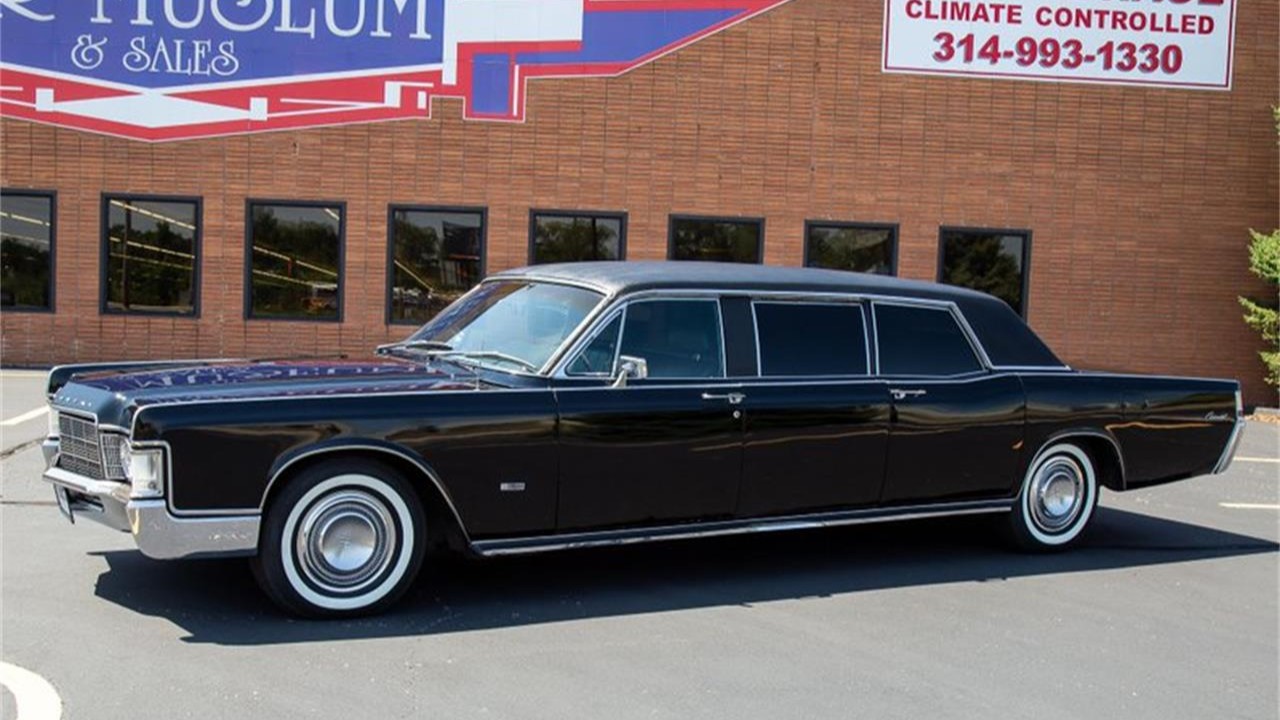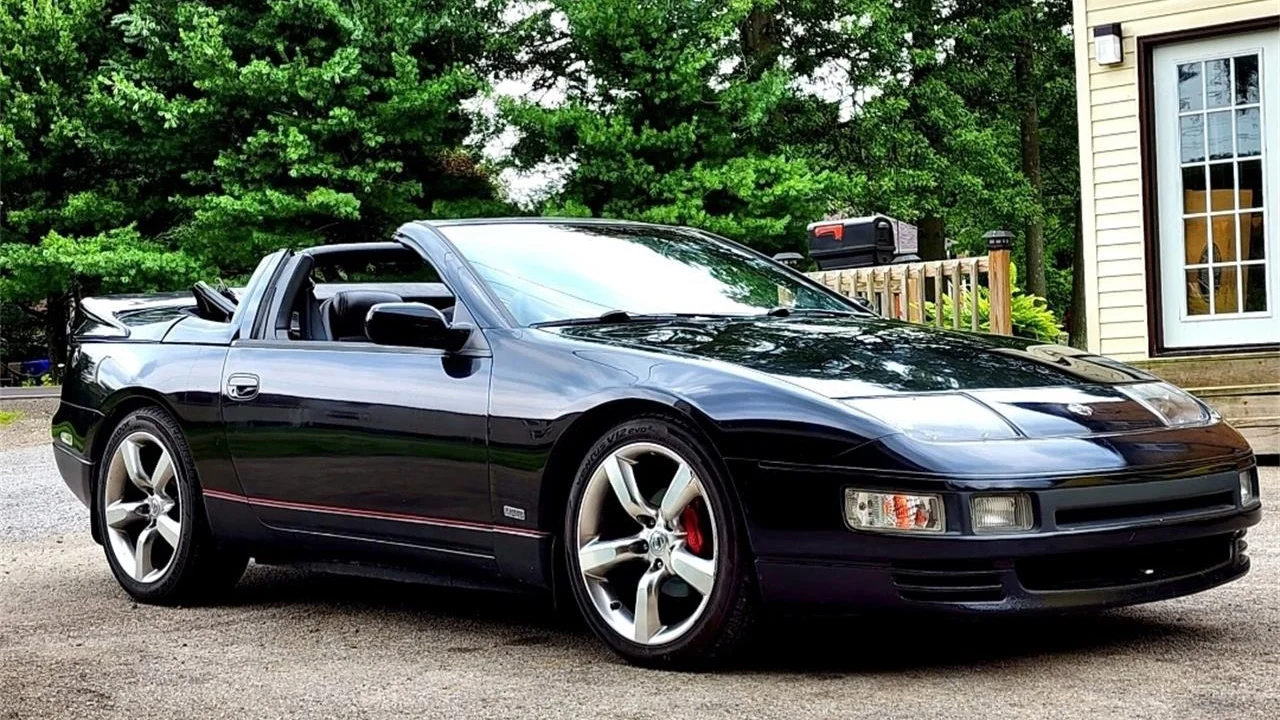Did you know that in the early 1960s, 16 different drivers road-tested every Lincoln Continental that was built? A magazine ad from that era called them the “Sixteen Intolerant Men.”
Those detail-oriented individuals were among the many individuals responsible for putting each new Continental through 2,000 unique tests at the Wixom, Michigan, assembly plant. “The only passing mark is one hundred percent,” Lincoln boasted. “Each Continental is more than a luxury automobile. It is an engineering triumph.”
Featured on AutoHunter is this 1963 Lincoln Continental Convertible. The car is being sold by a dealer in Ramsey, Minnesota, and the auction will end Monday, May 27, 2025, at 1:00 p.m. PDT.
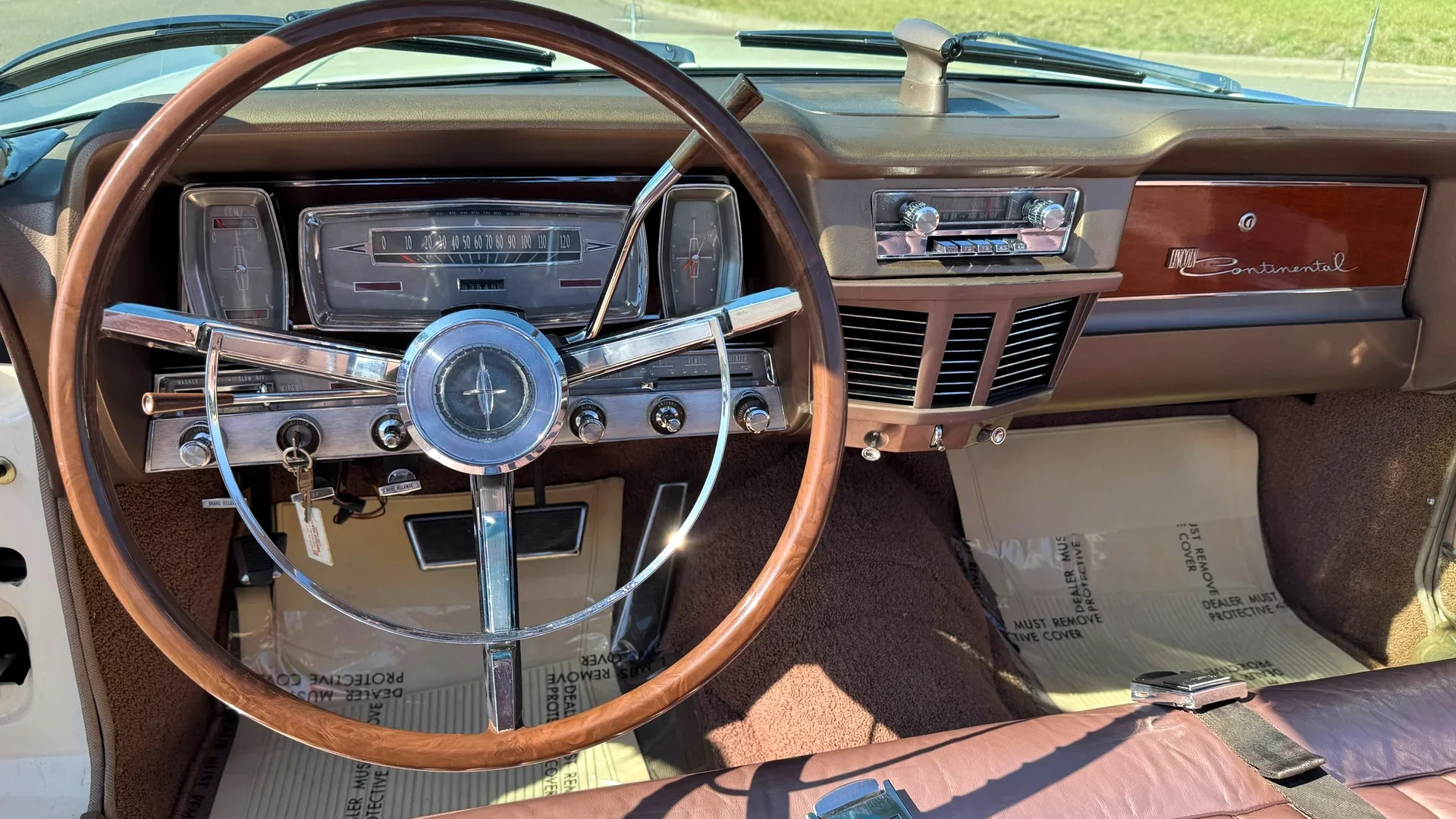
A four-door convertible is a rare sight, and one with rear-hinged (“suicide”) rear doors is even more special. According to the statistics presented in the listing, the car was one of just 3,138 Continental convertibles produced for its model year. A frame-off restoration was performed in the 1990s and included a respray in the car’s original Ermine White. As one would expect from a high-end car, the antenna and the retractable top are power-operated. Lincoln incorporated a “door ajar” warning lamp in the instrument cluster for added safety – given the rather unconventional arrangement of the doors.
The Rose Beige interior was redone with “new old stock” (NOS) leather upholstery during restoration, according to the selling dealer’s video. Features include power windows, a power driver’s seat, an automatic headlight dimmer and power steering. The dealer says the air conditioning does not blow cool, and the AM/FM dual-range radio is not operational.
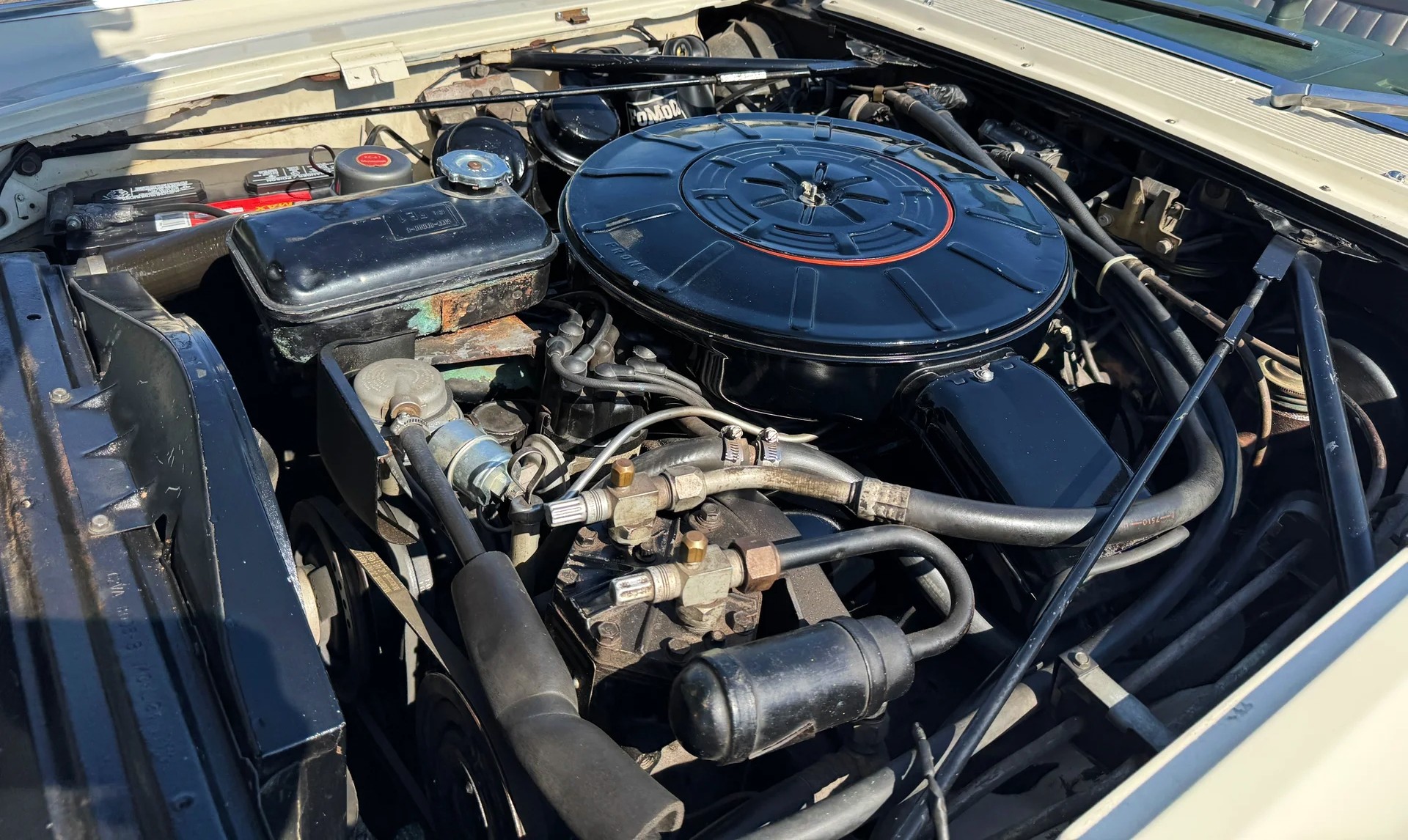
Power for this luxo-ride comes from a 430ci MEL V8 mated to a three-speed Turbo-Drive automatic transmission. When new, Lincoln rated the car at 310 horsepower. The car comes with a maintenance journal, and the video says that the dealer has put about 50 miles on the car as part of its vetting. A 25-point vehicle inspection is available for review.
The dealer has also provided an 11-minute video showing a look at the exterior, interior, engine bay and a start-up. As an added bonus, there is some drone footage showing the car in action. It looks like a car commercial – something Lincoln’s marketing team would enjoy even today.
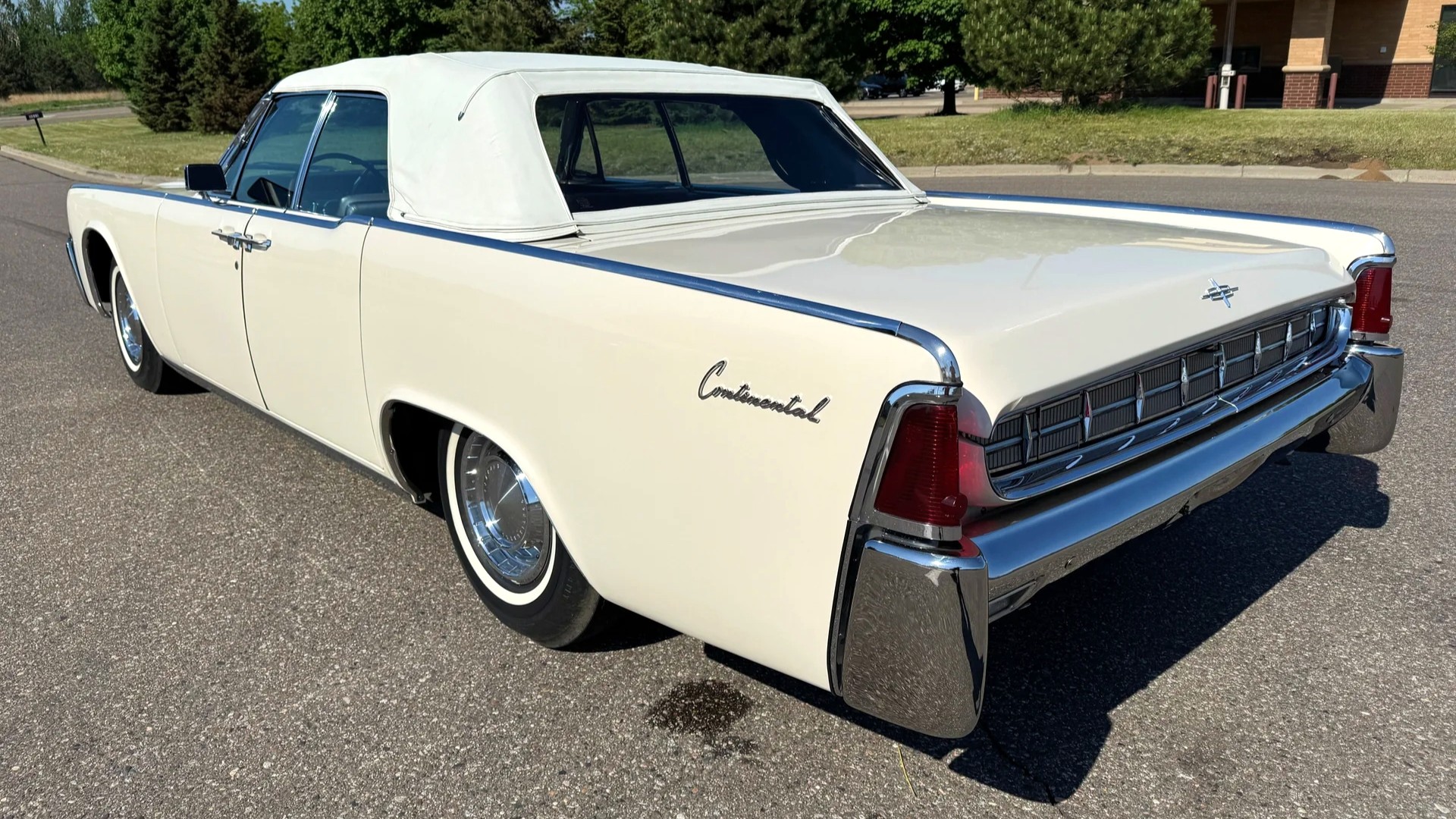
“Intolerant rejection of anything less than the finest, insistence on excellence in every detail, make Continental the finest car built in America. And it was the first American car to offer a total-car warranty of two full years or 24,000 miles,” Lincoln said.
It’s too bad that warranty isn’t still in effect after 62 years – but with a car as well-presented as this one, bidders can be confident in its quality.
The auction for this 1963 Lincoln Continental Convertible ends Monday, May 27, 2025, at 1:00 p.m. (PDT).
Visit the AutoHunter listing for more information and a photo gallery
